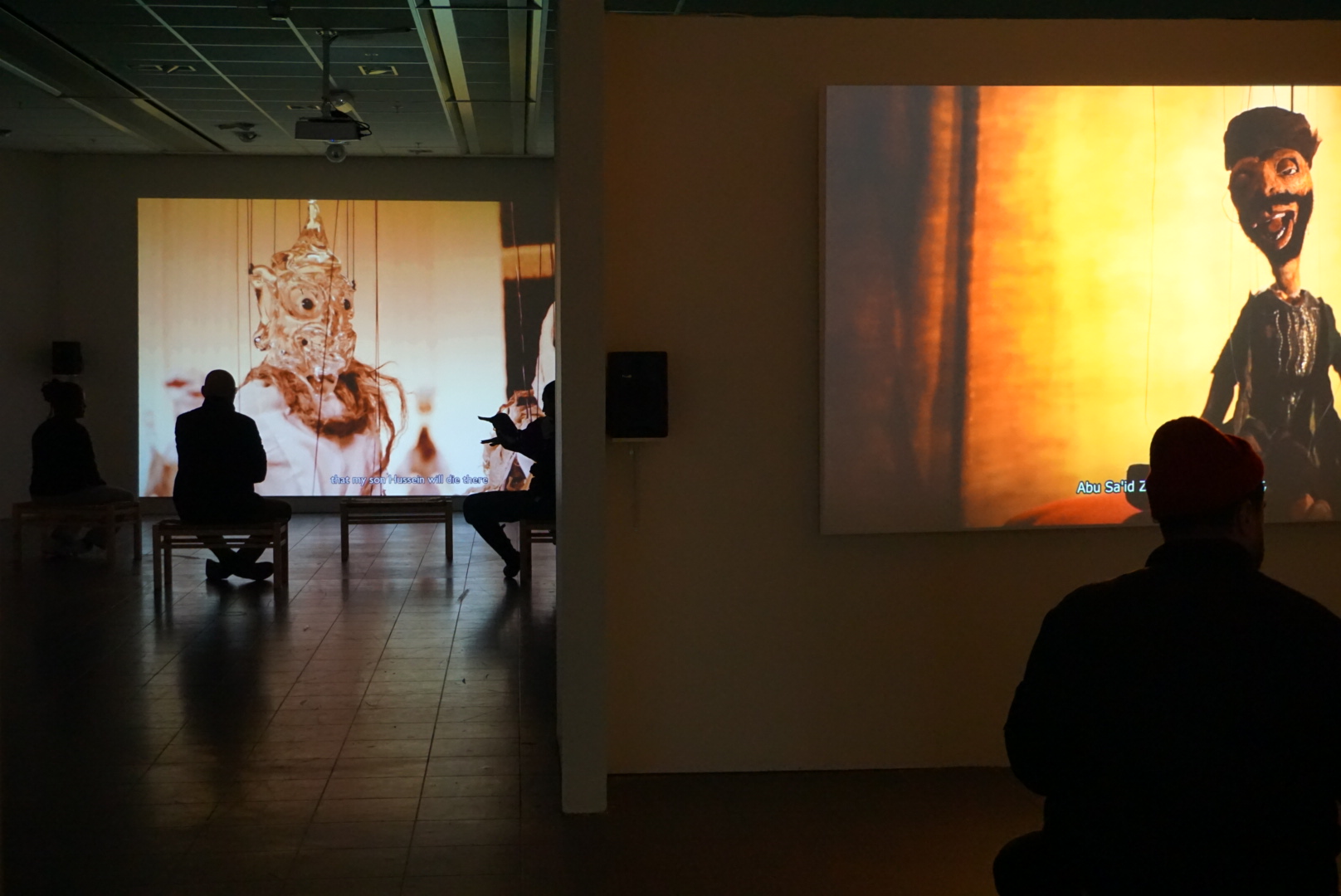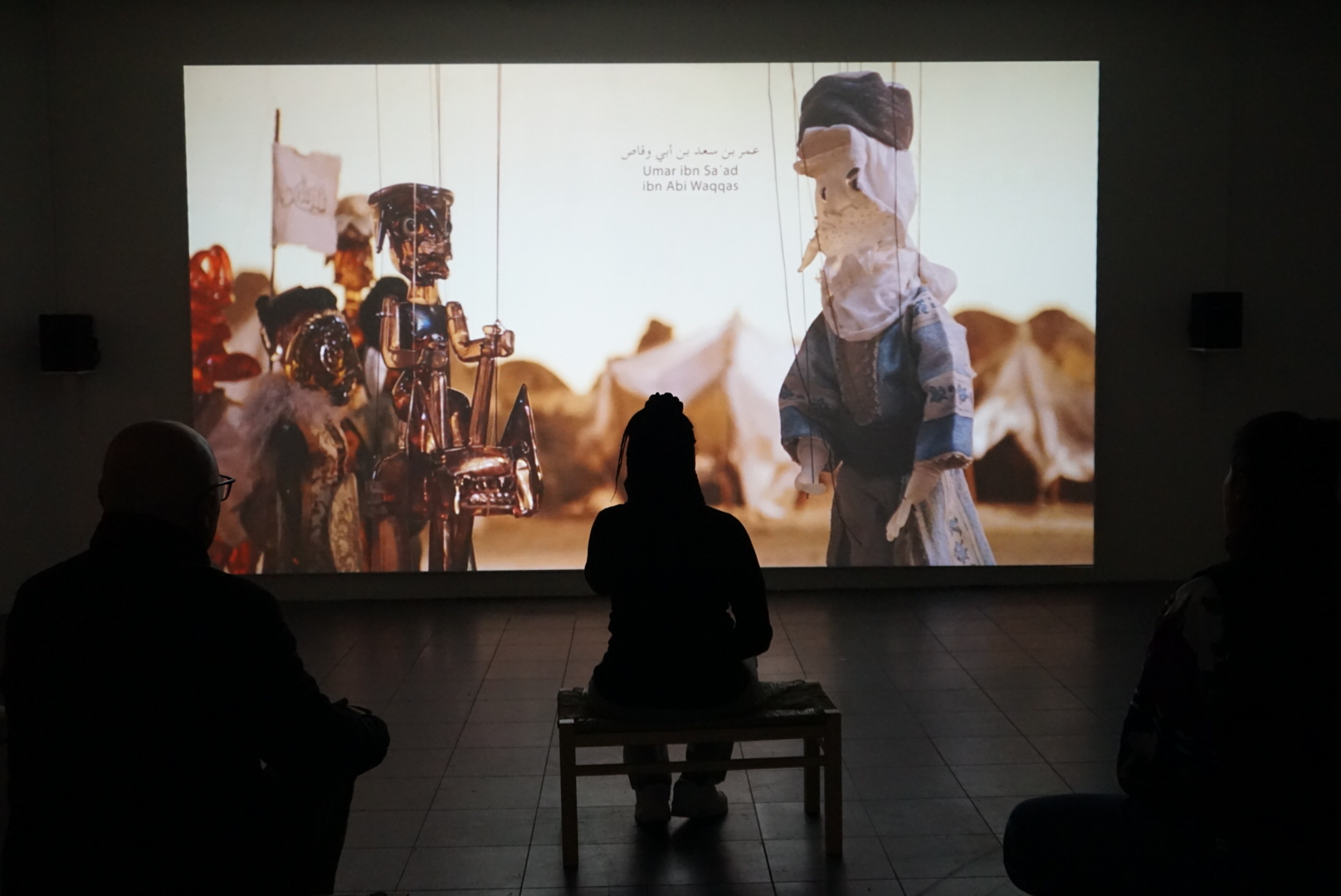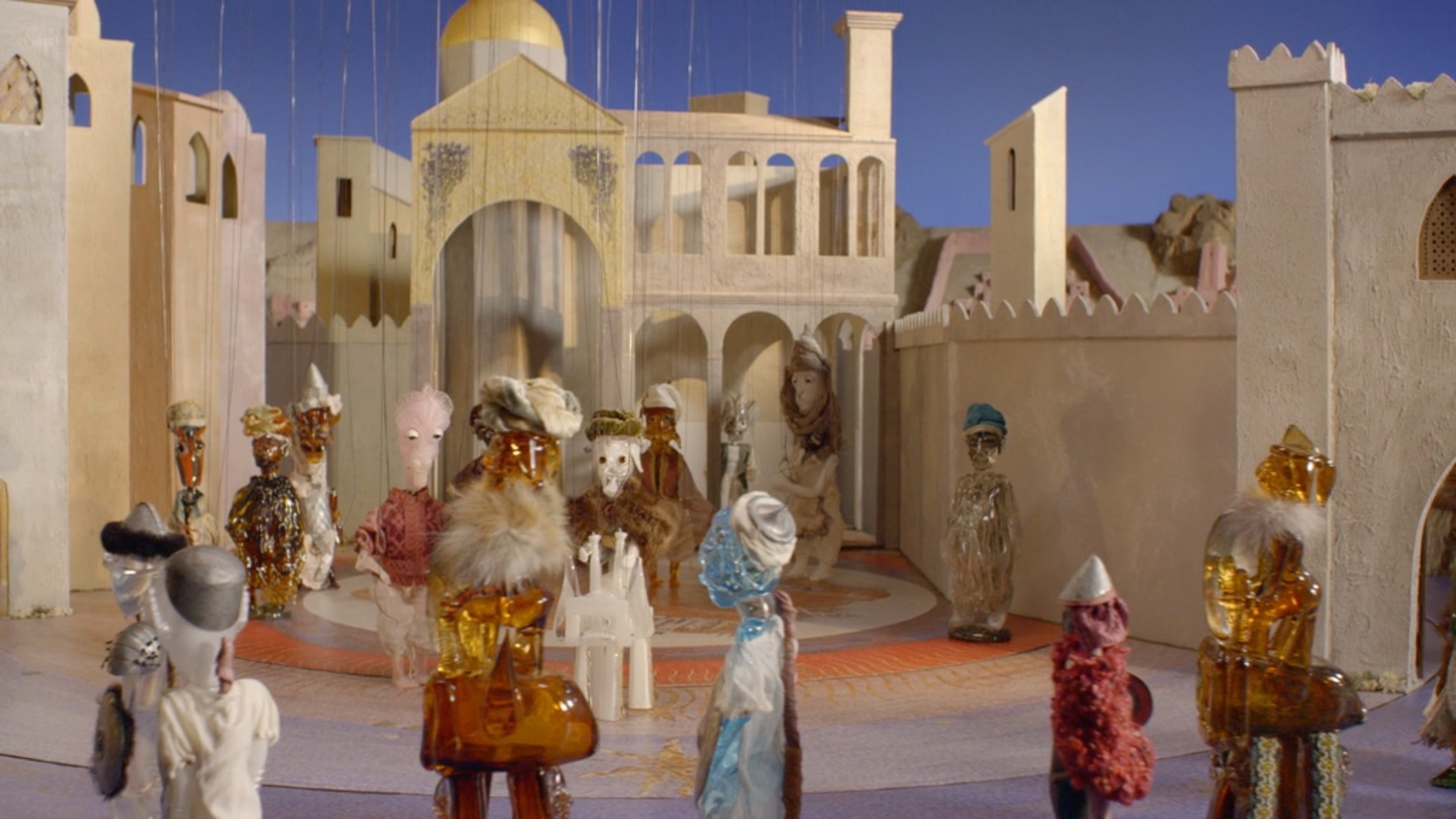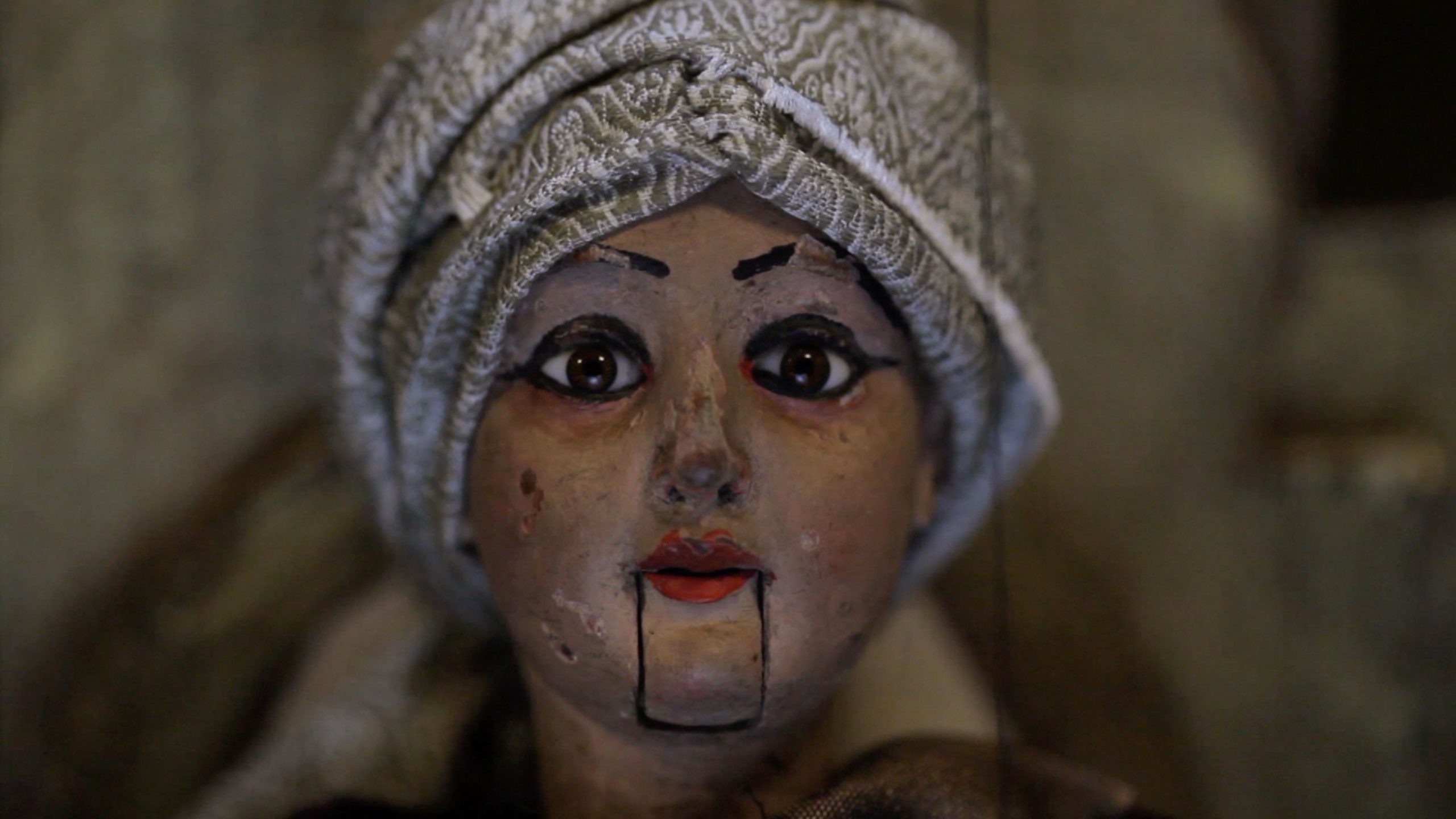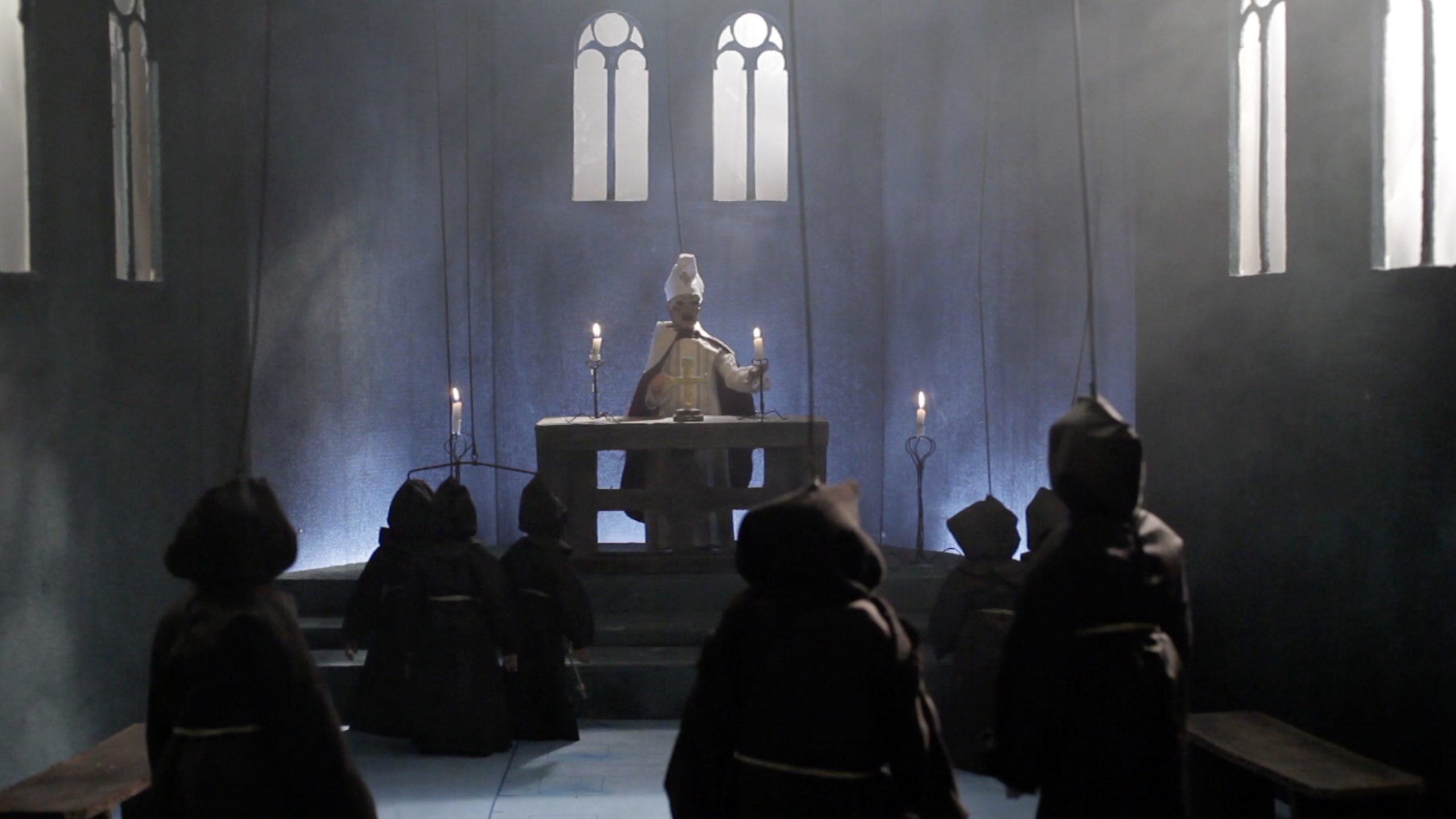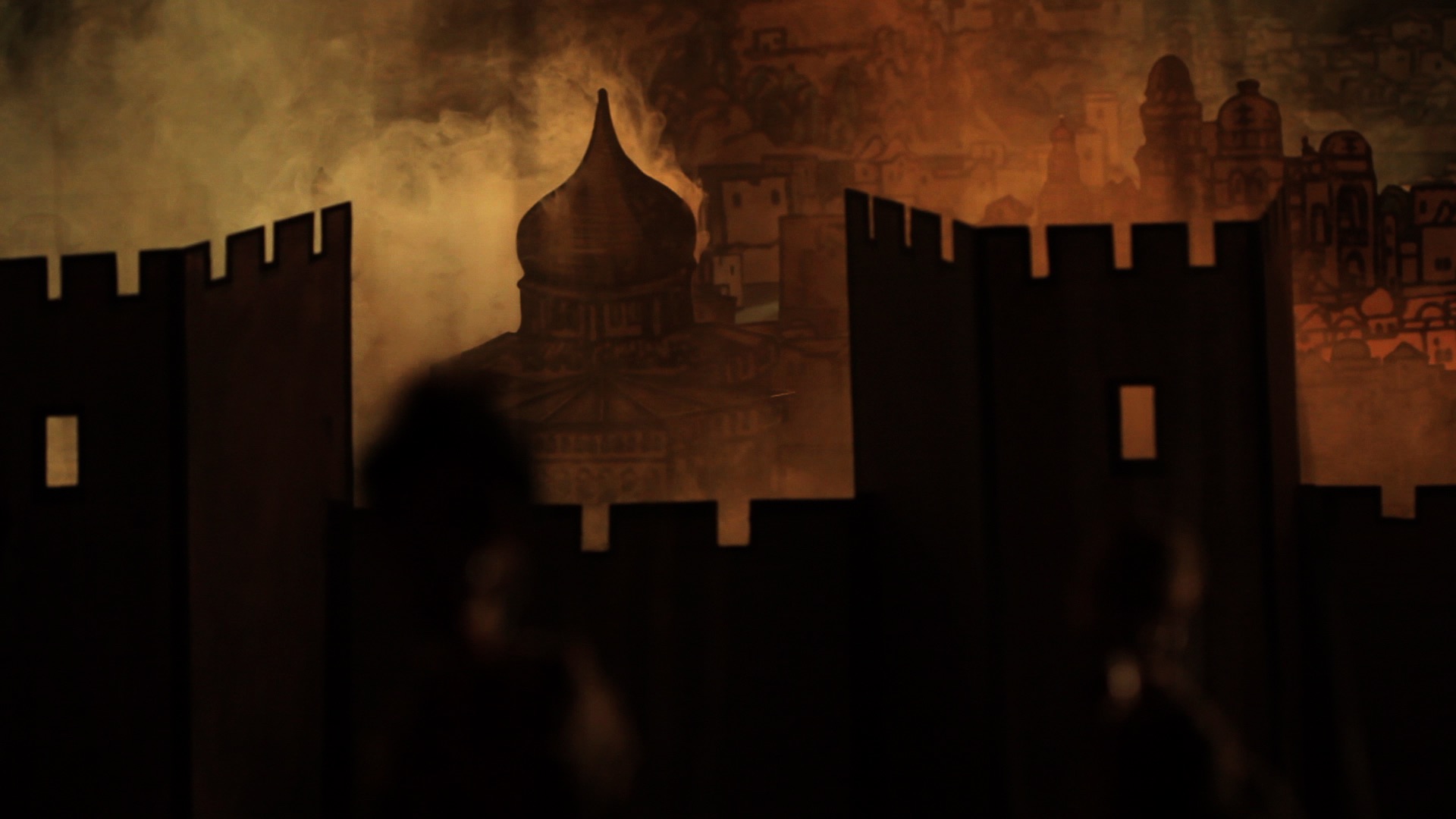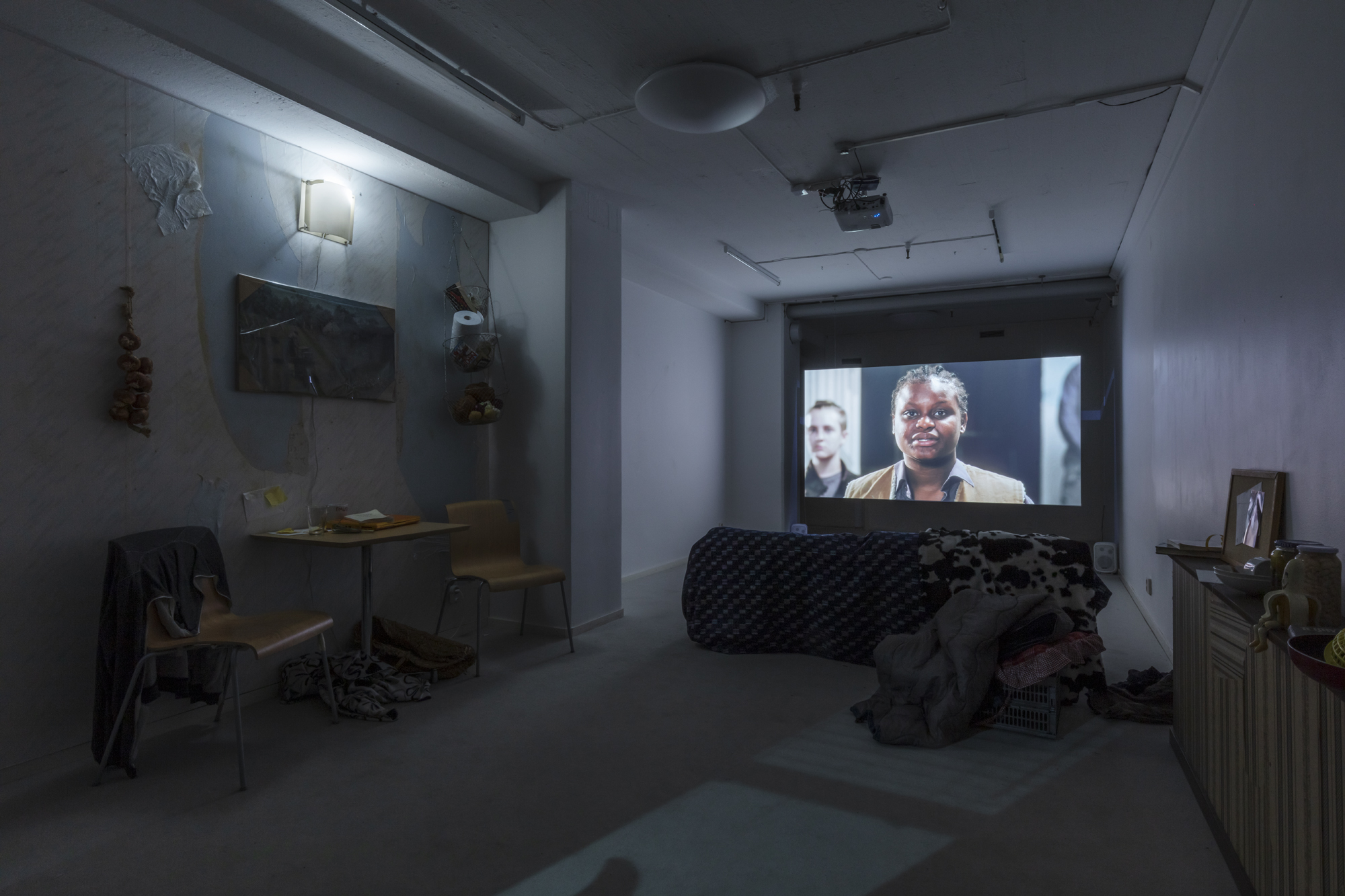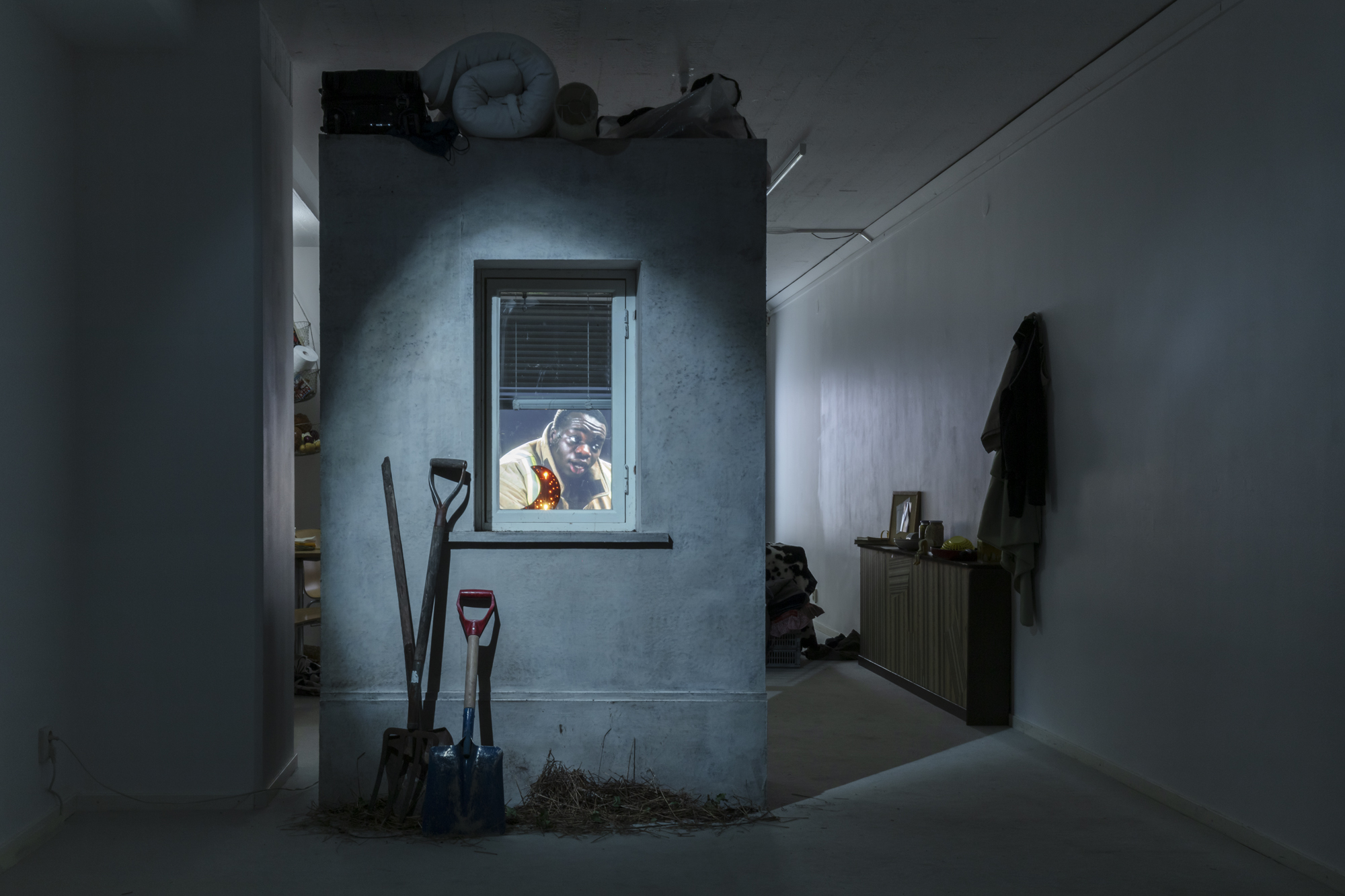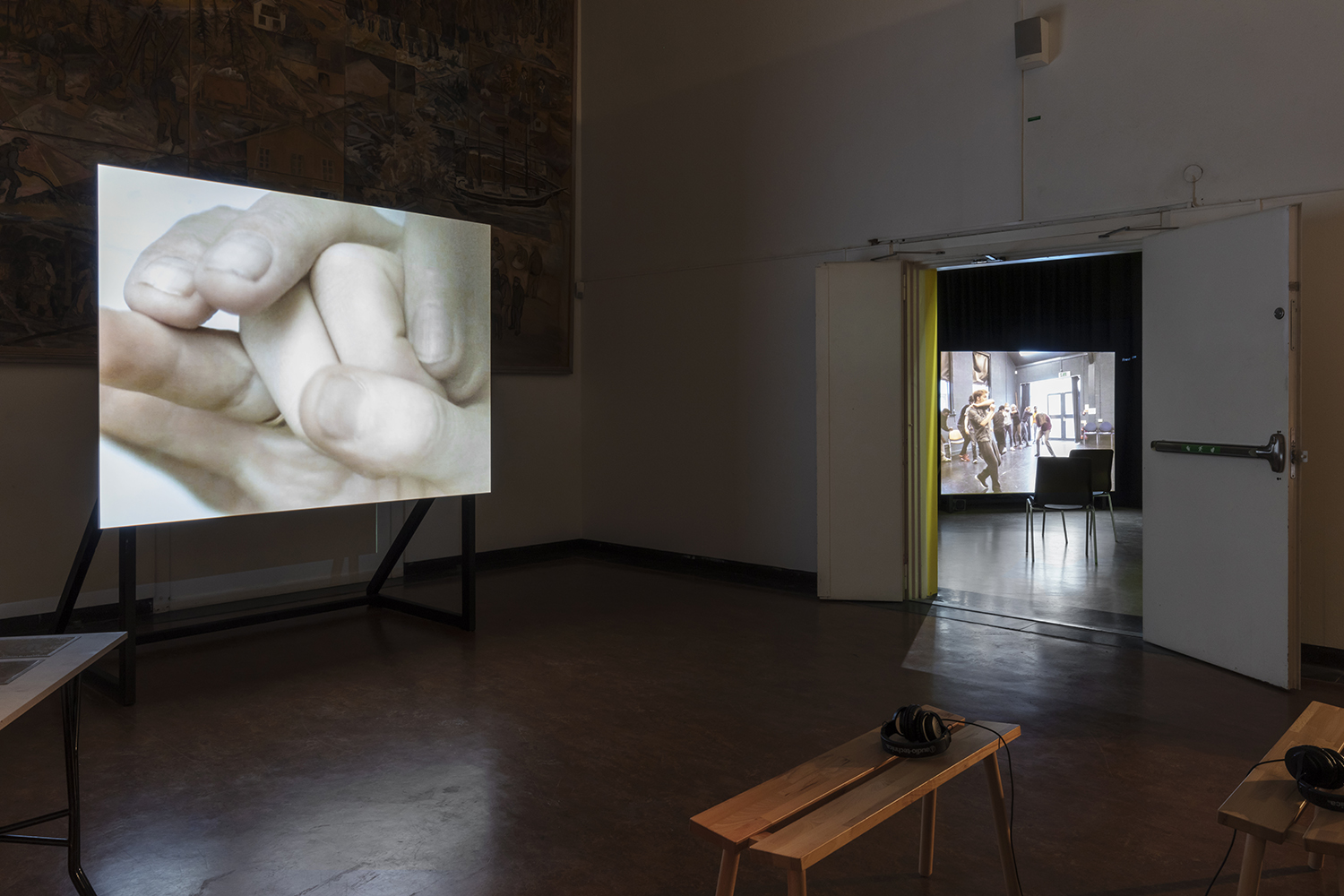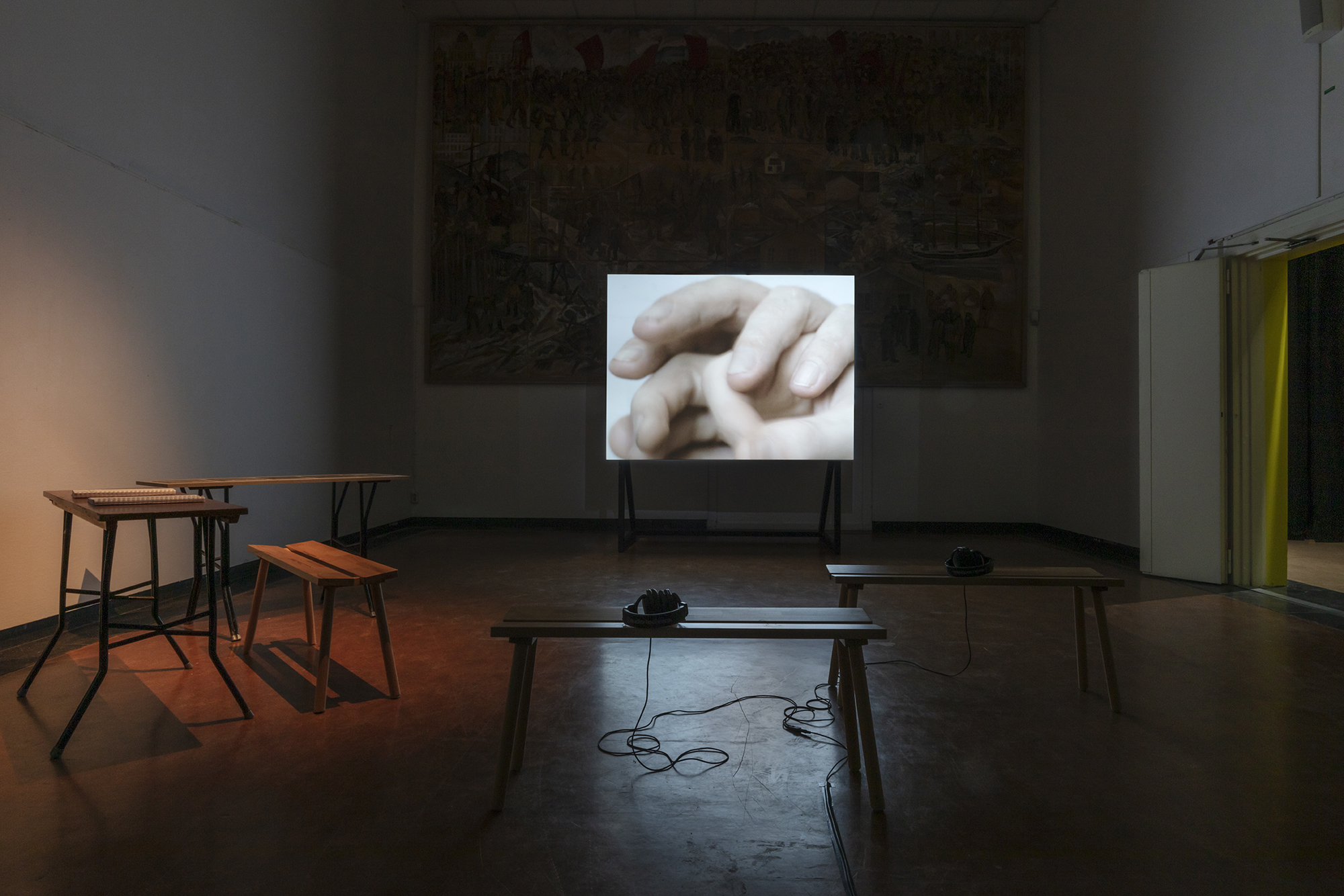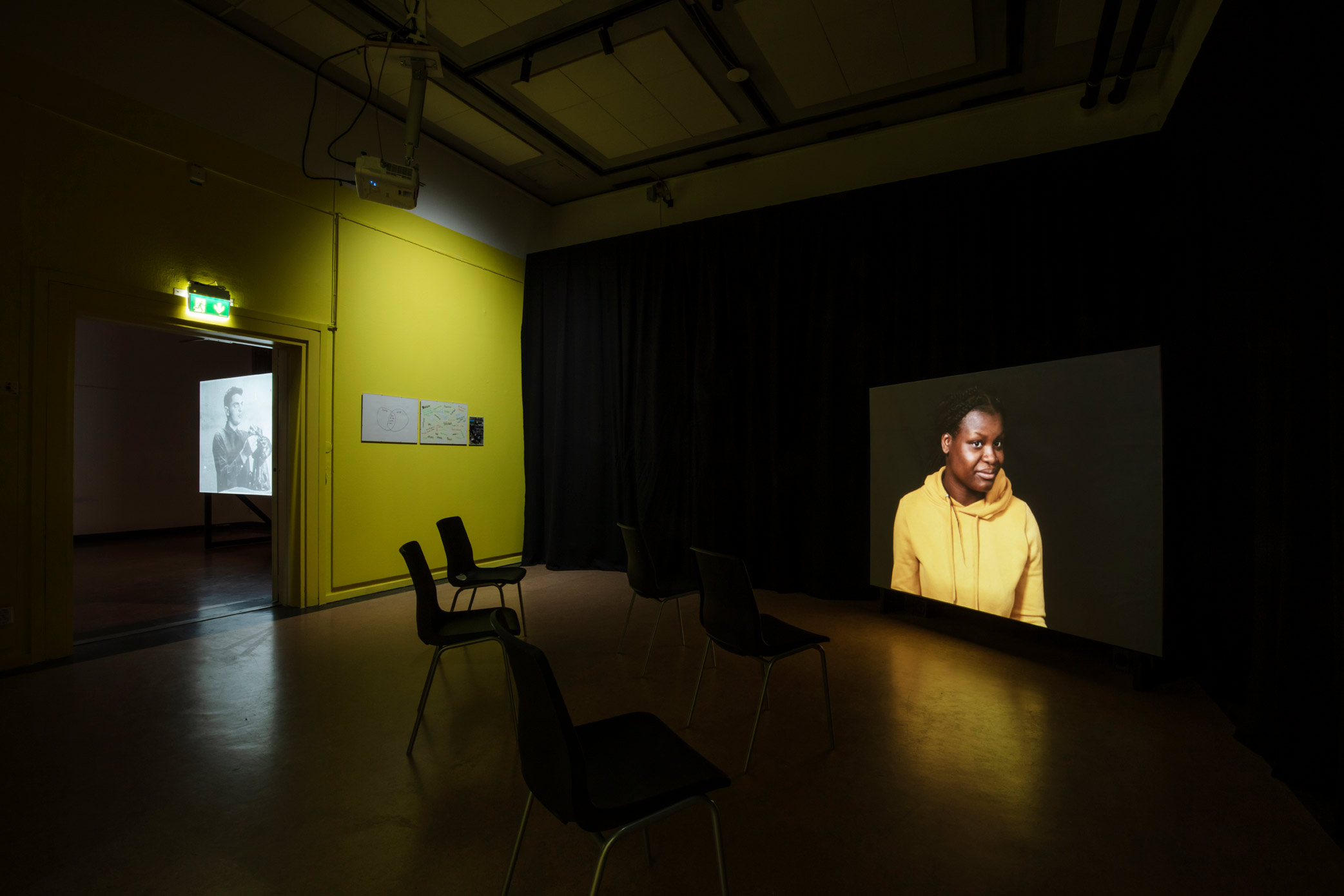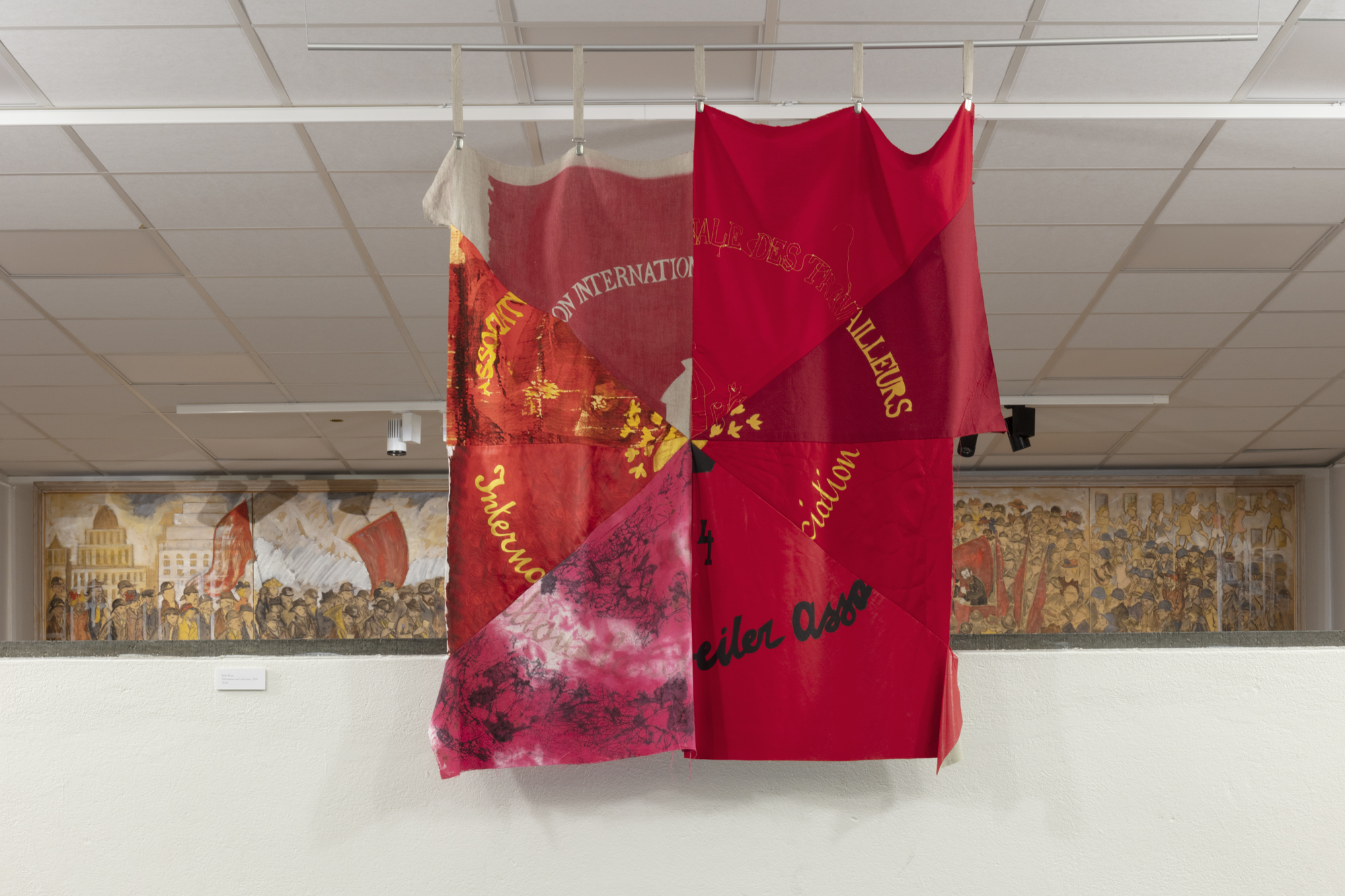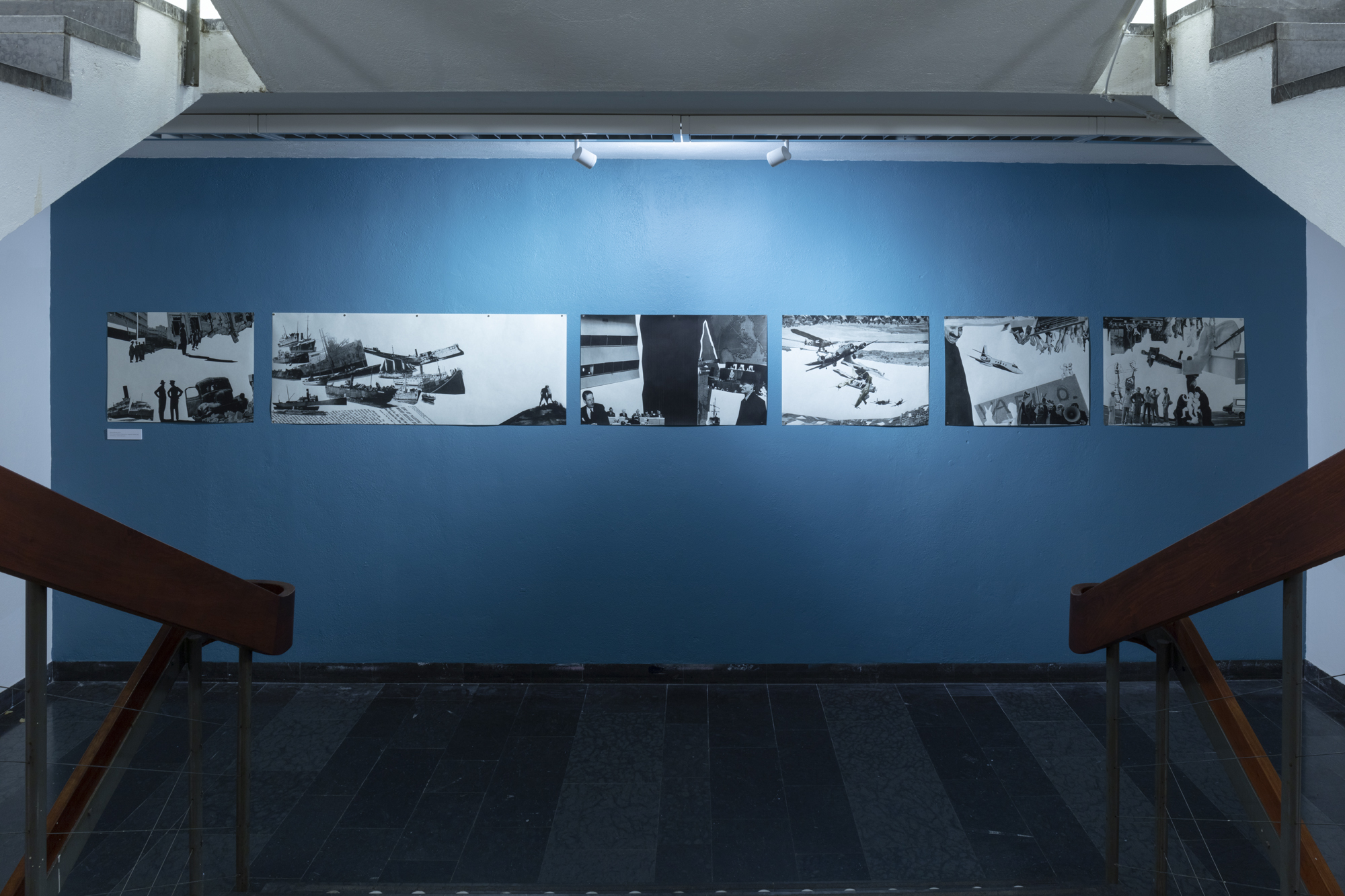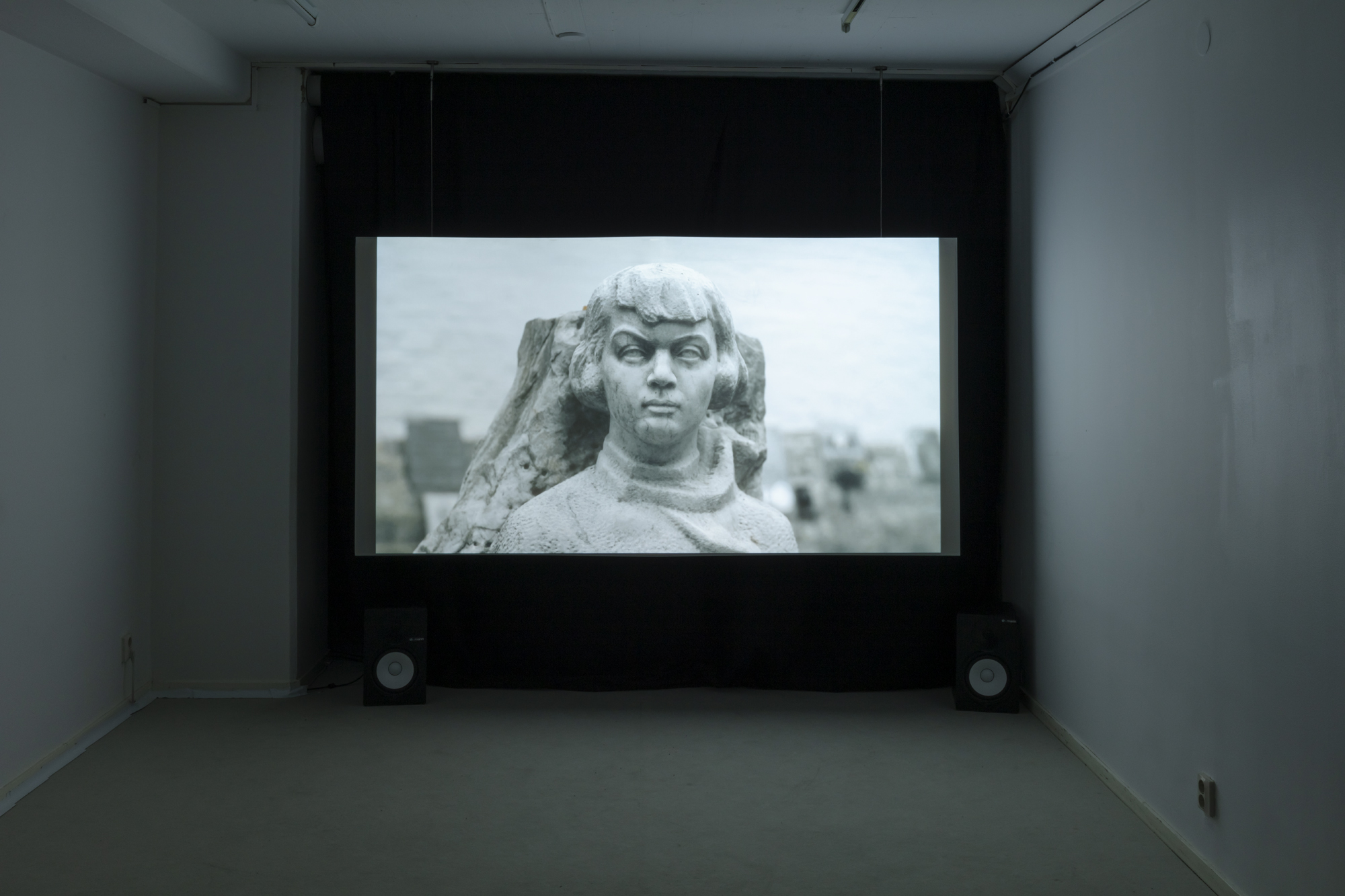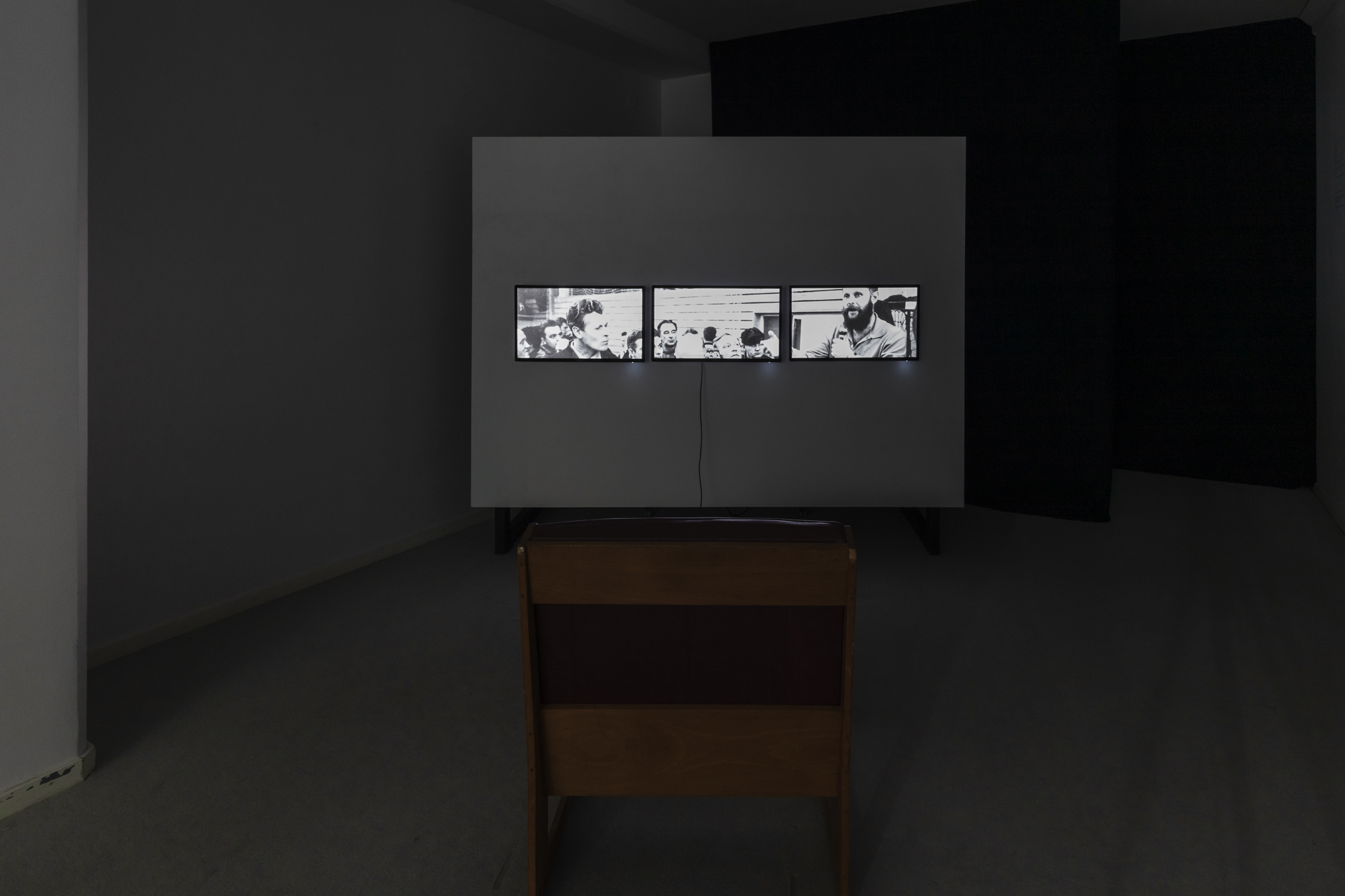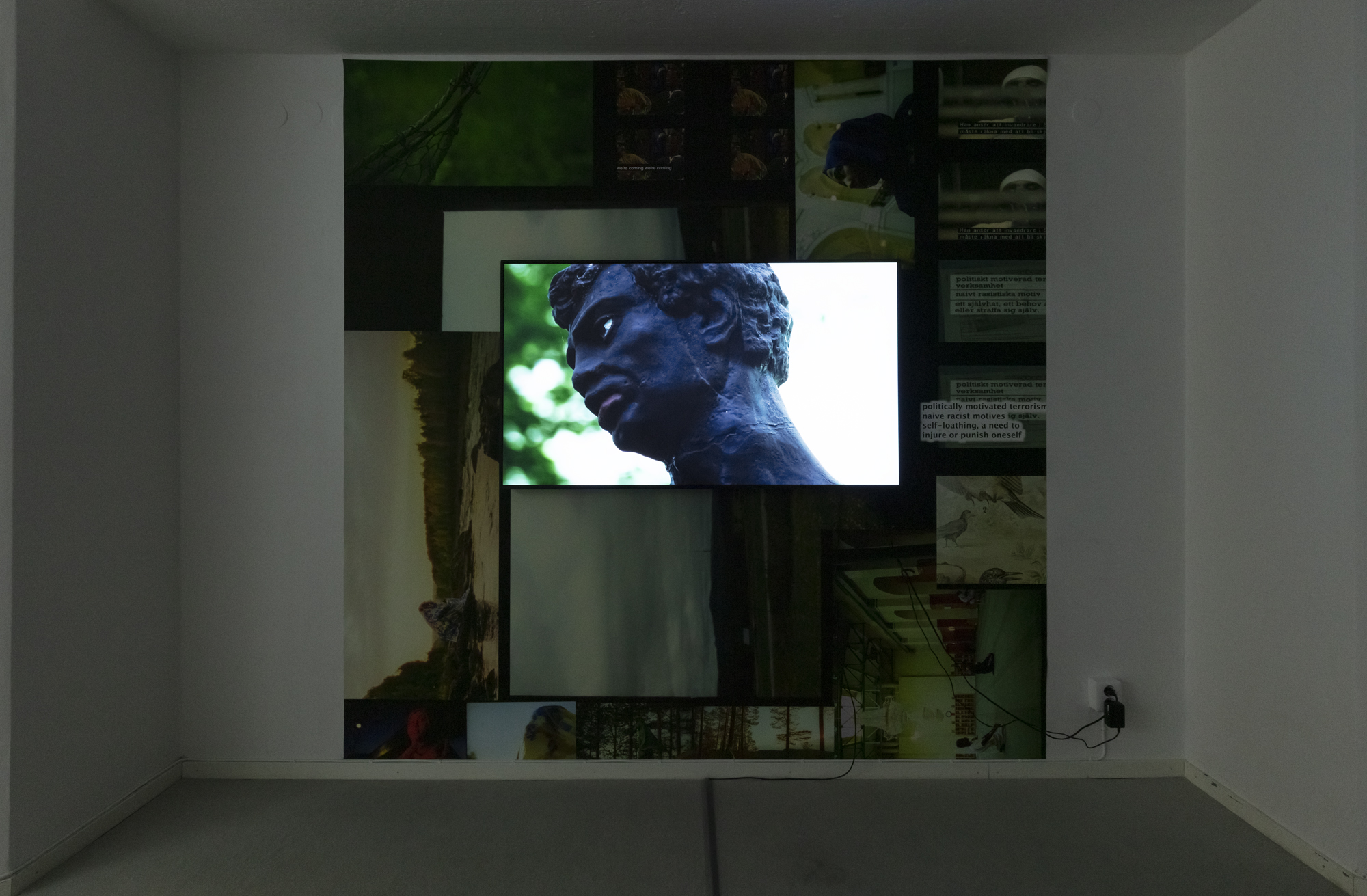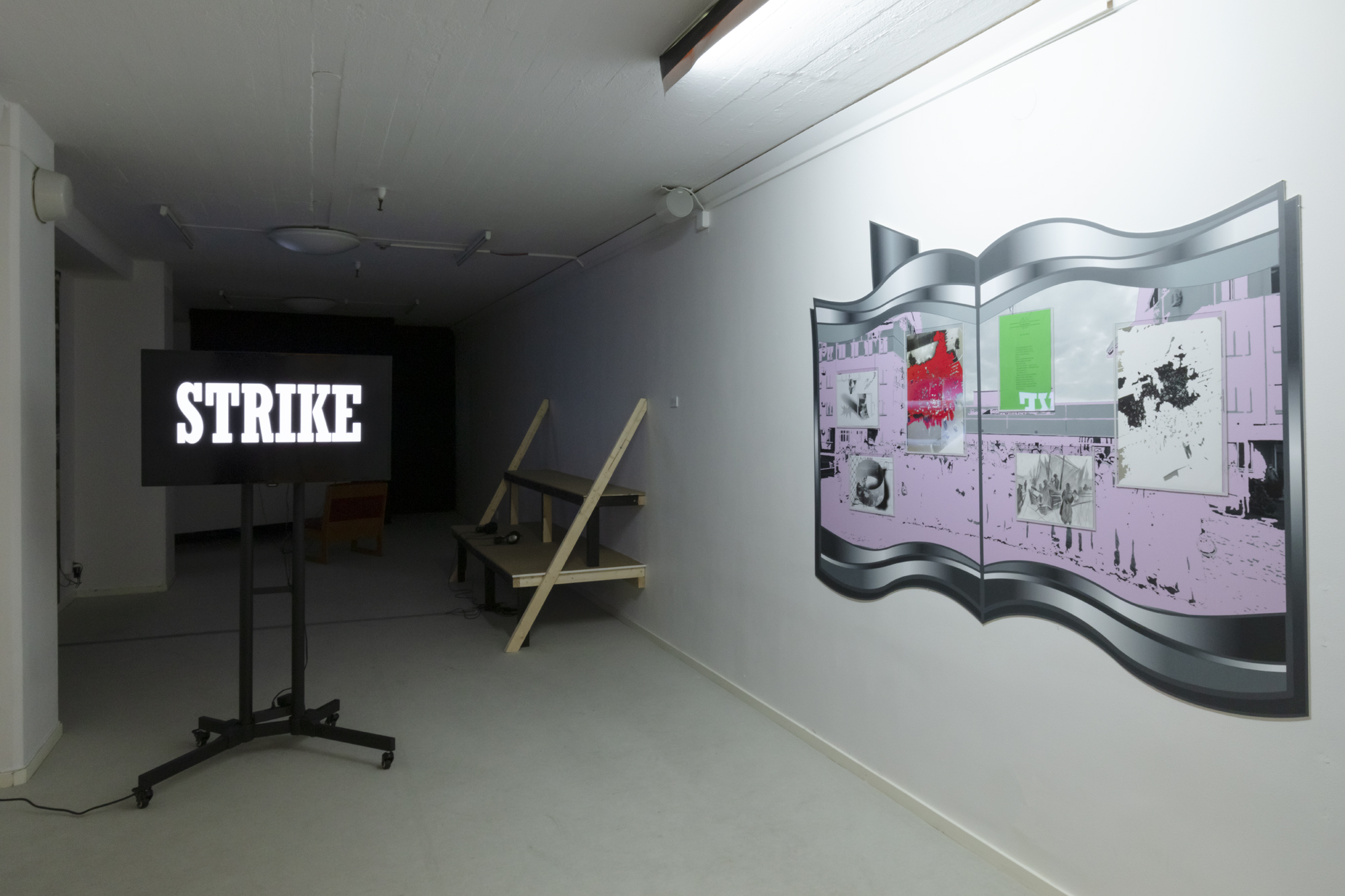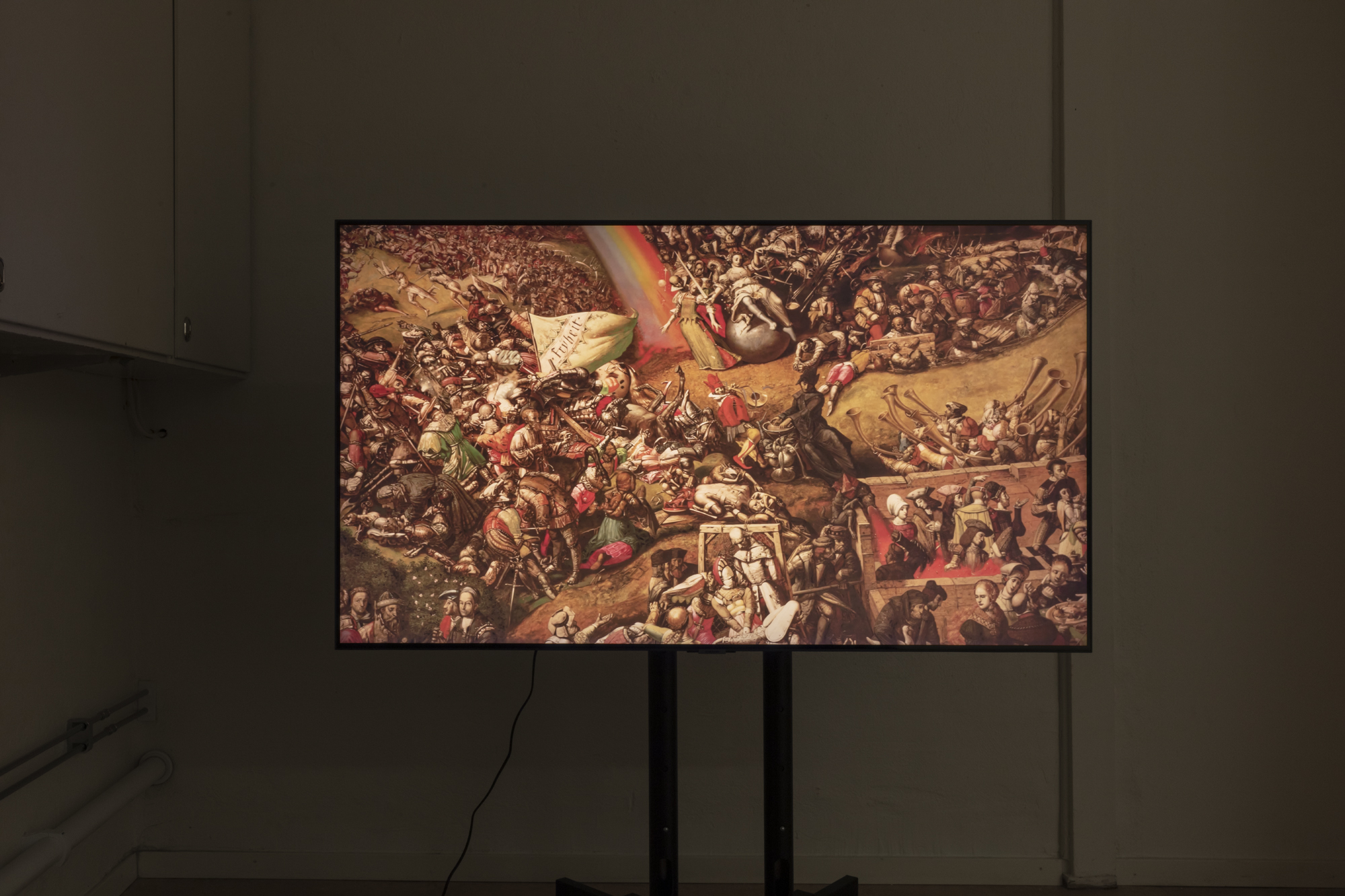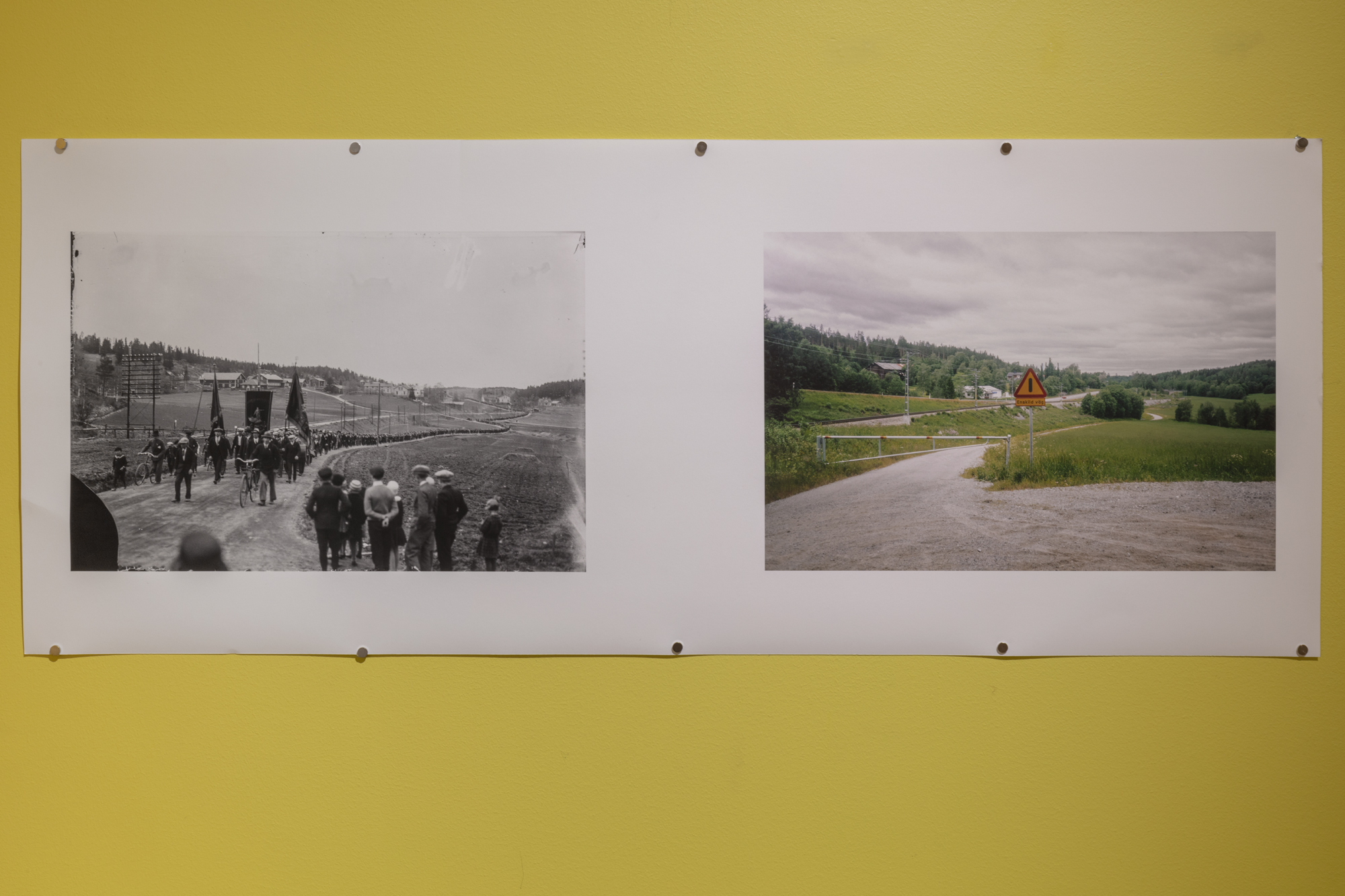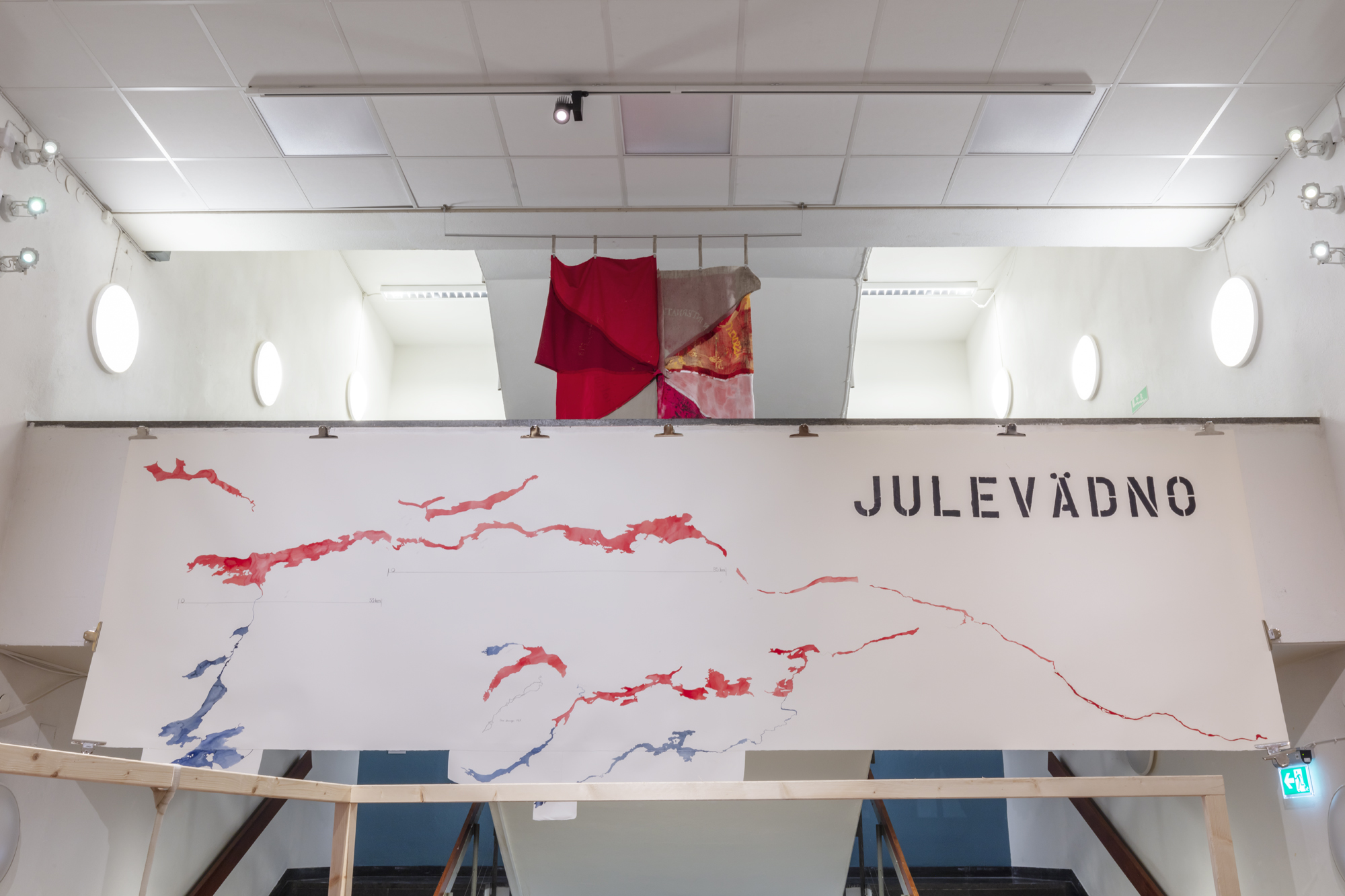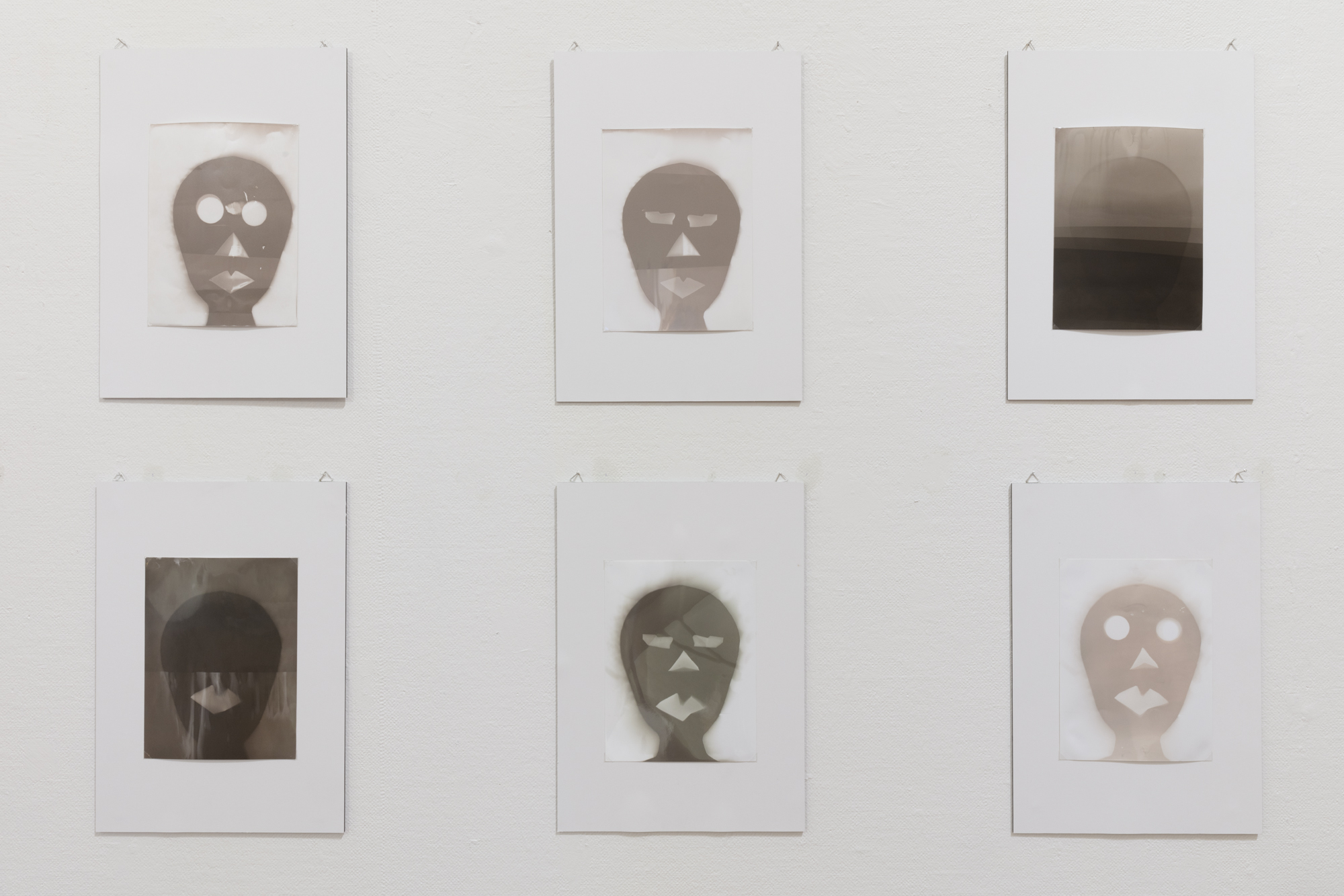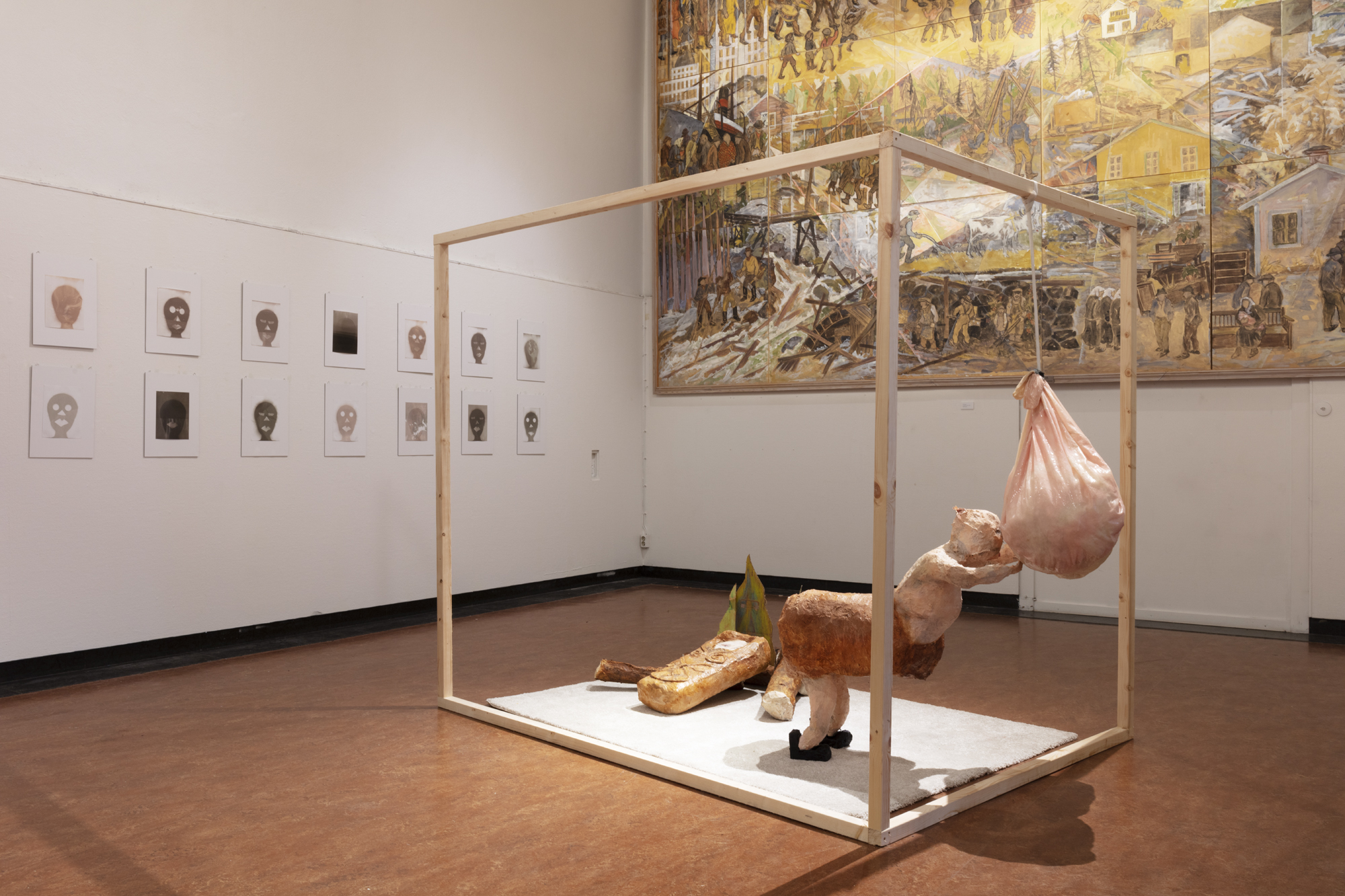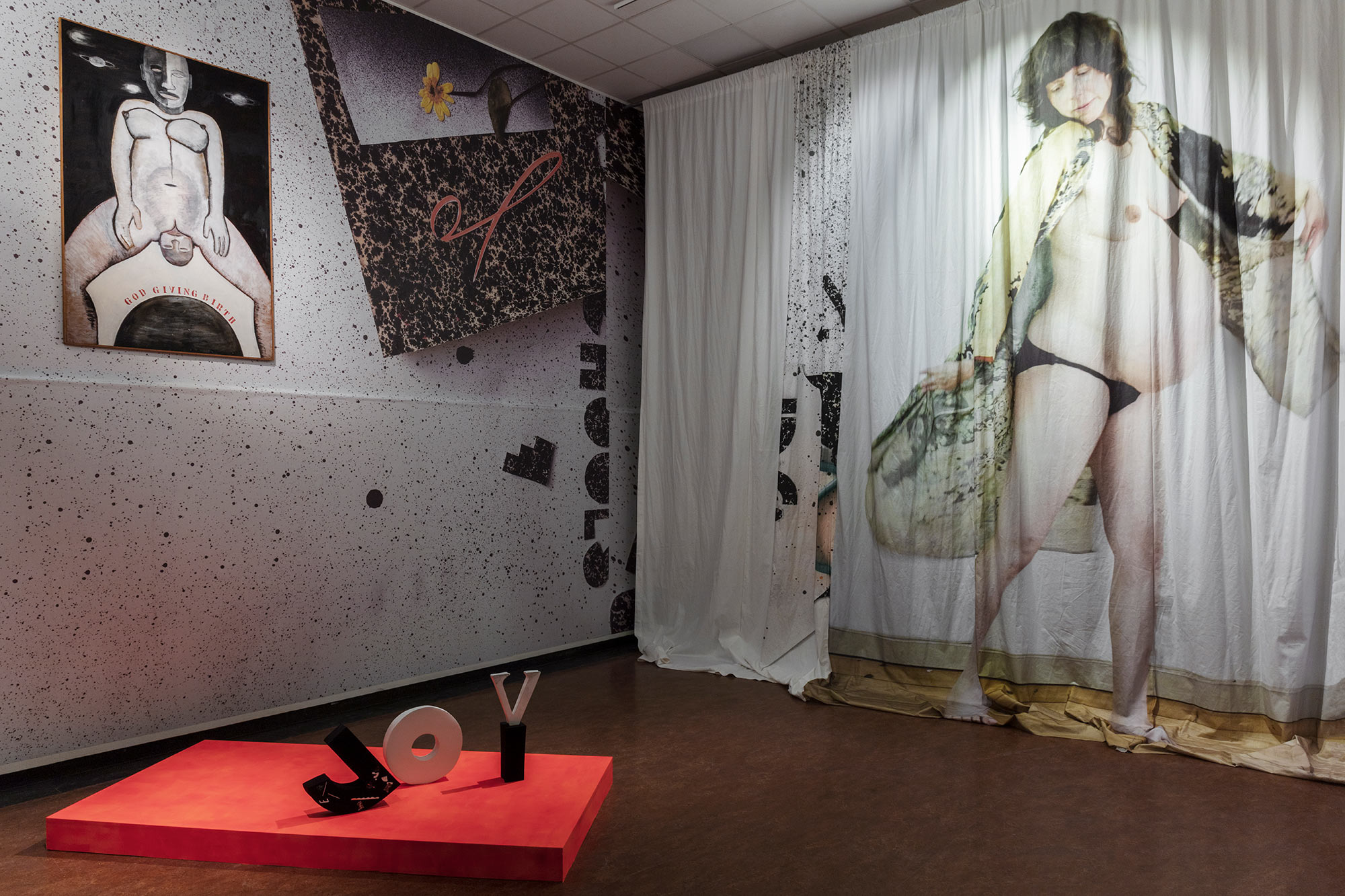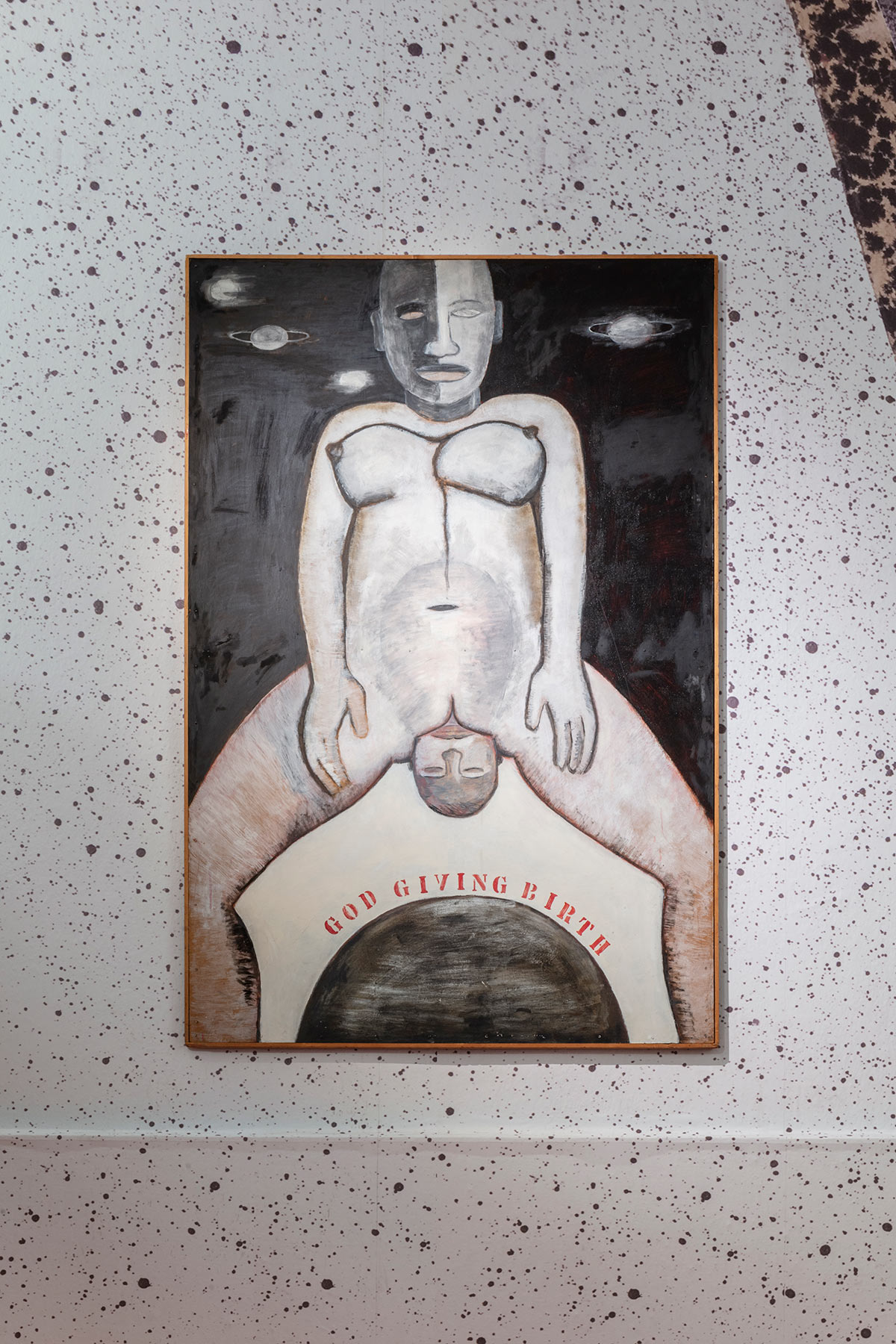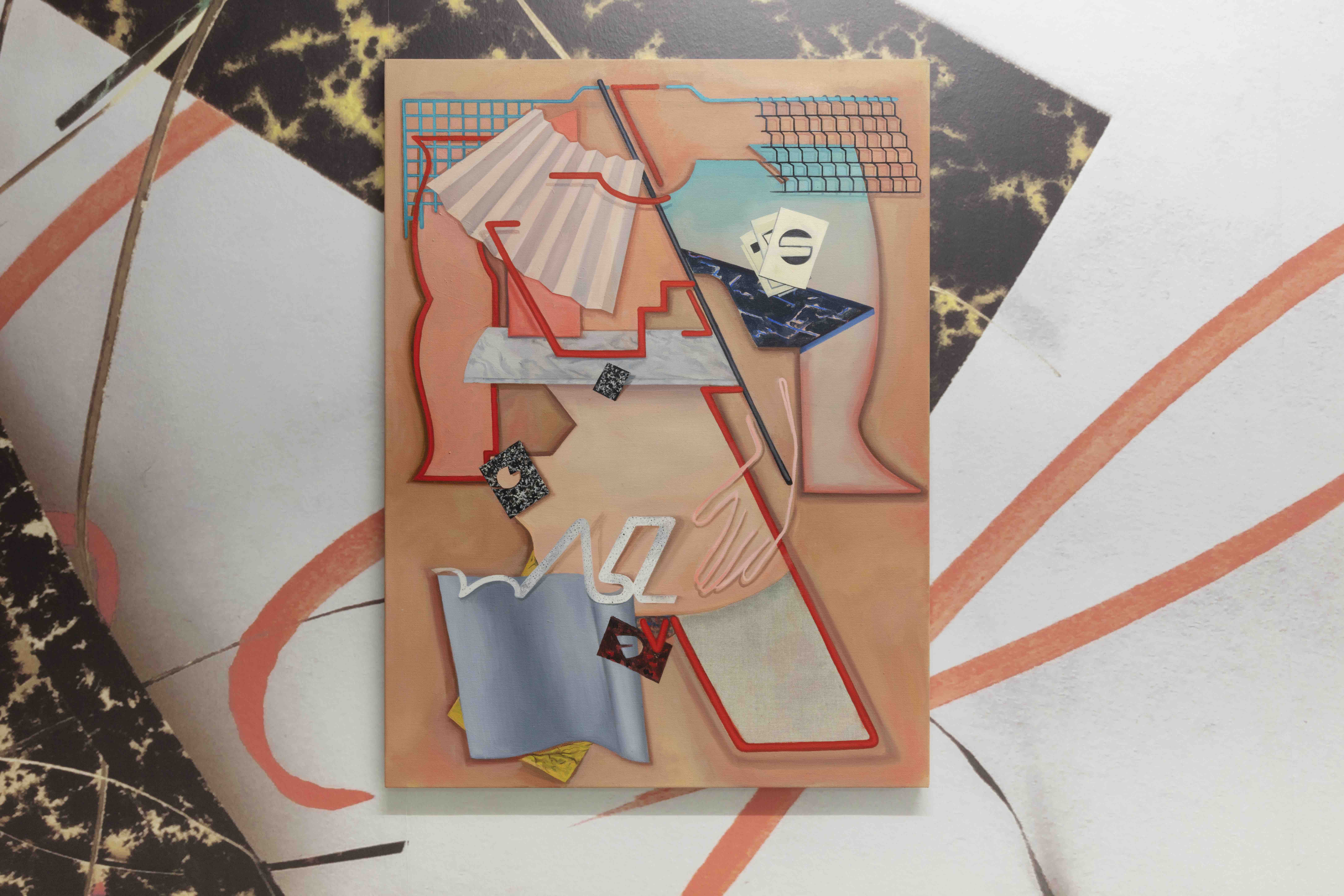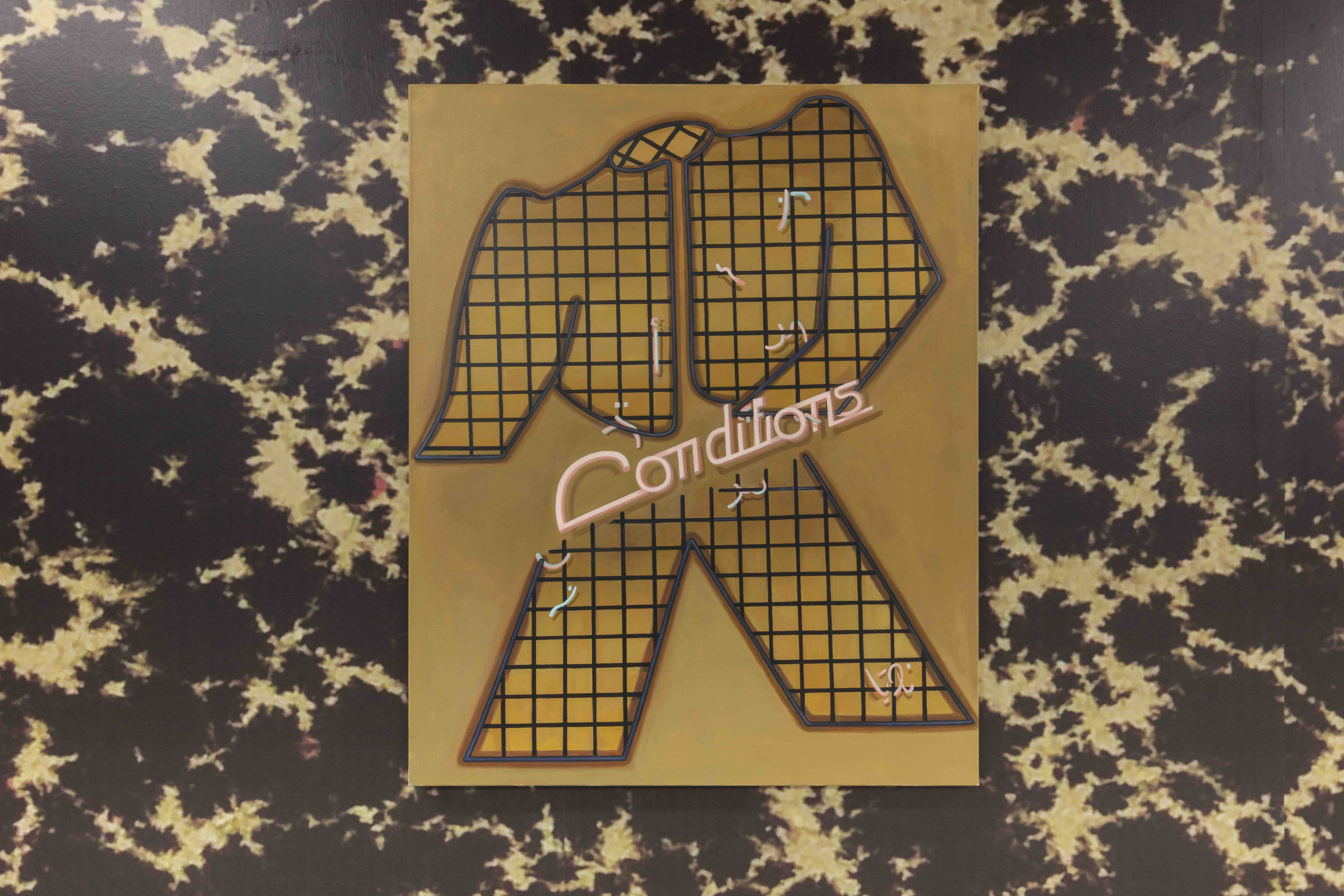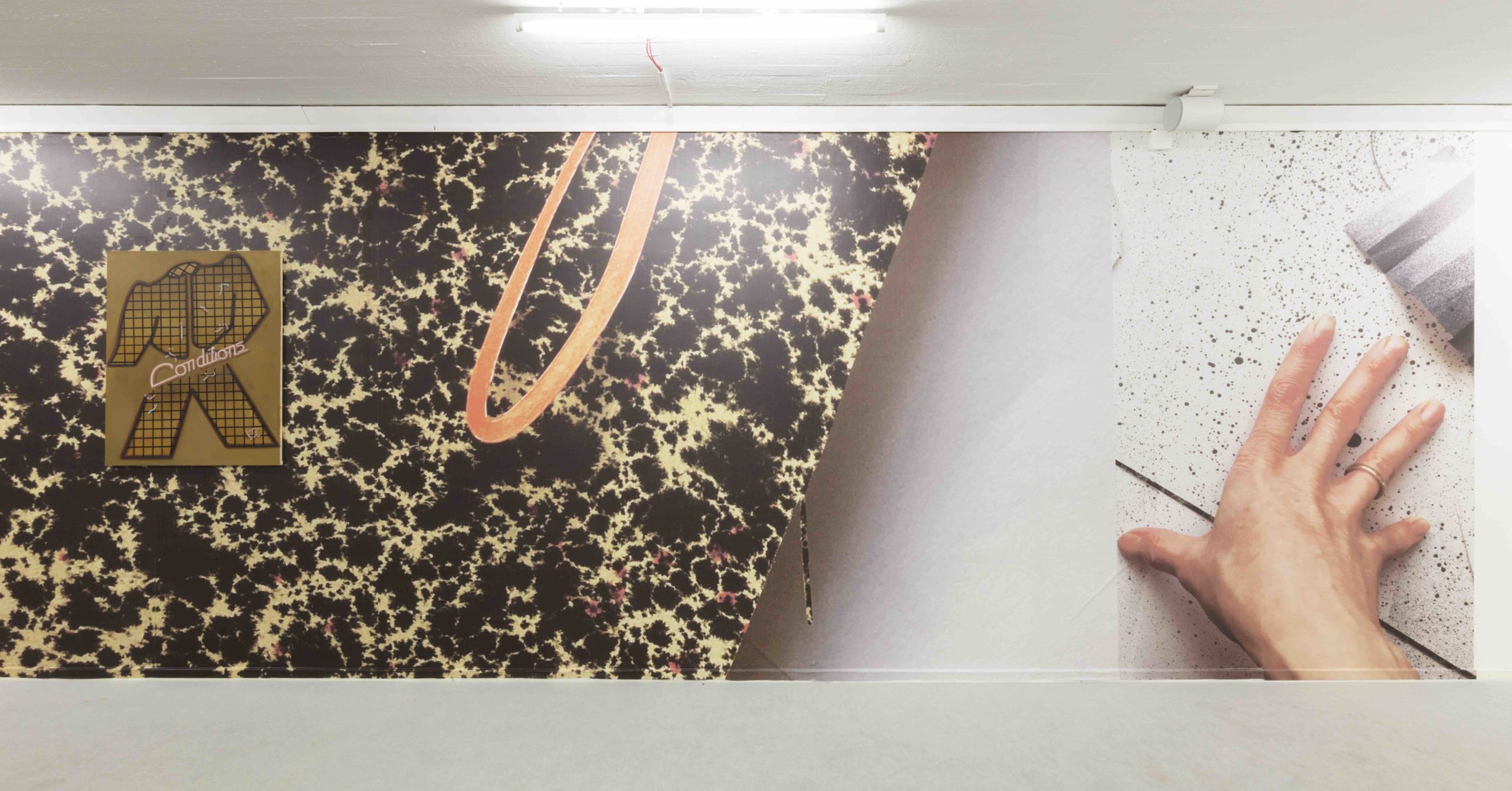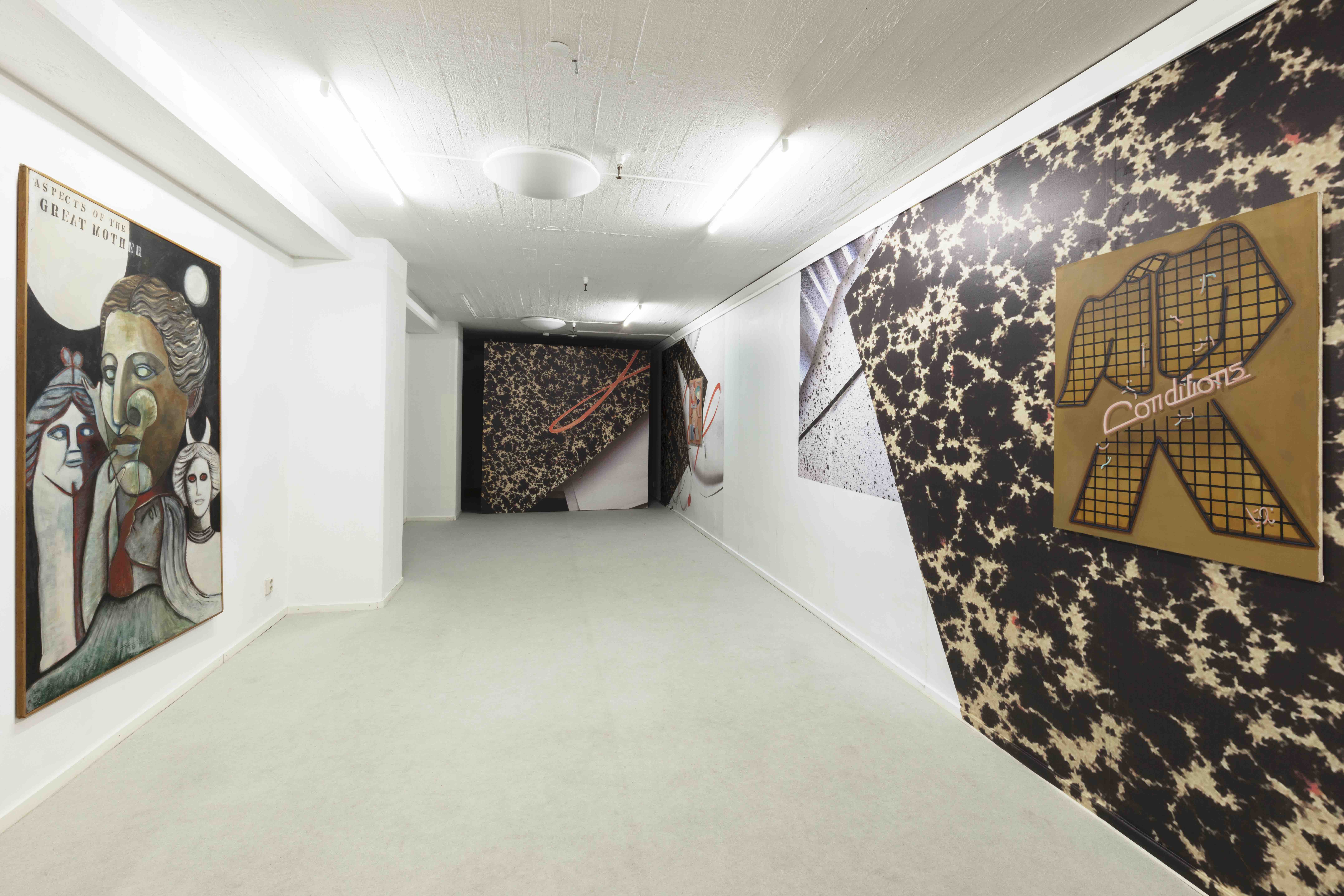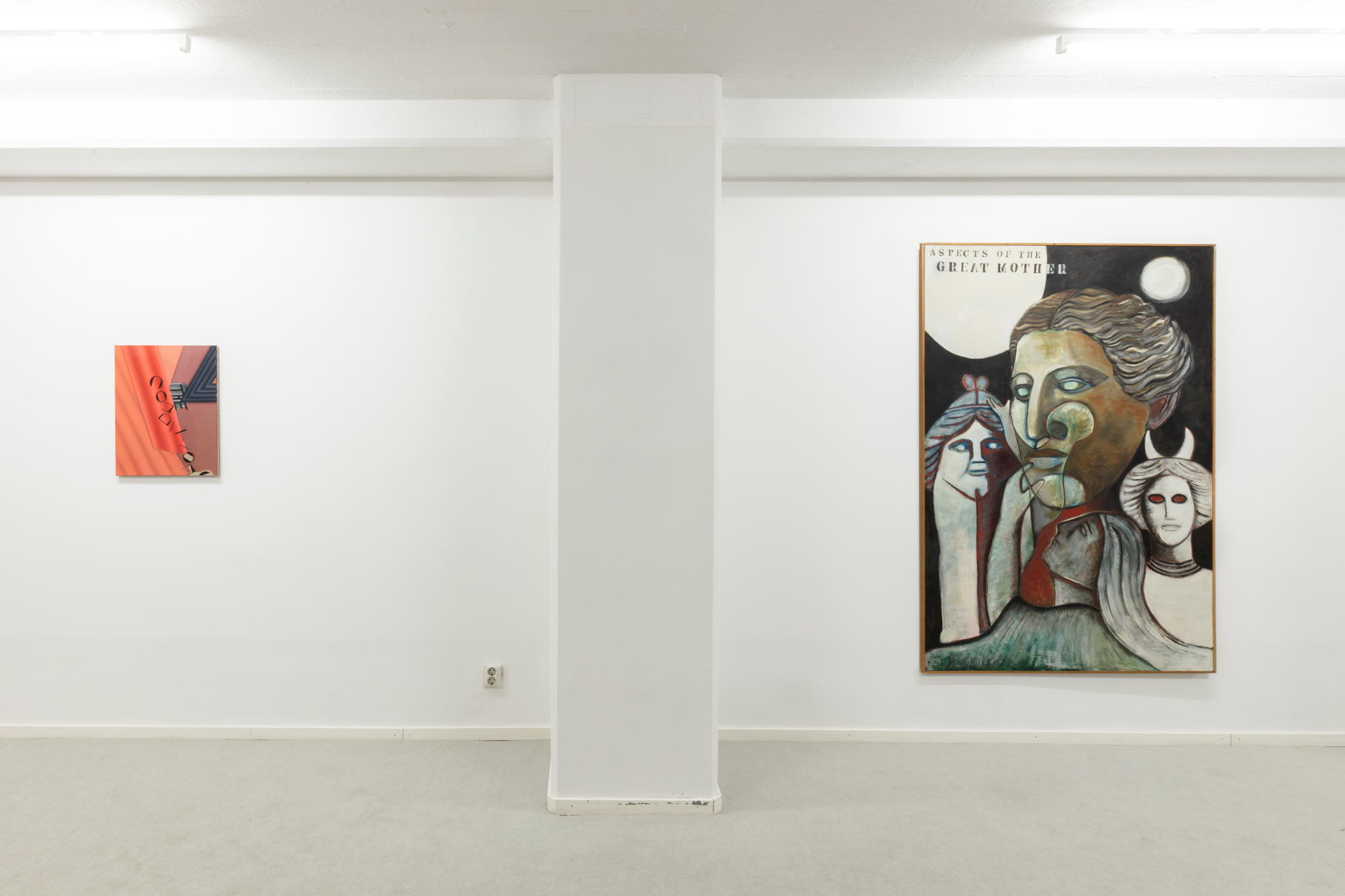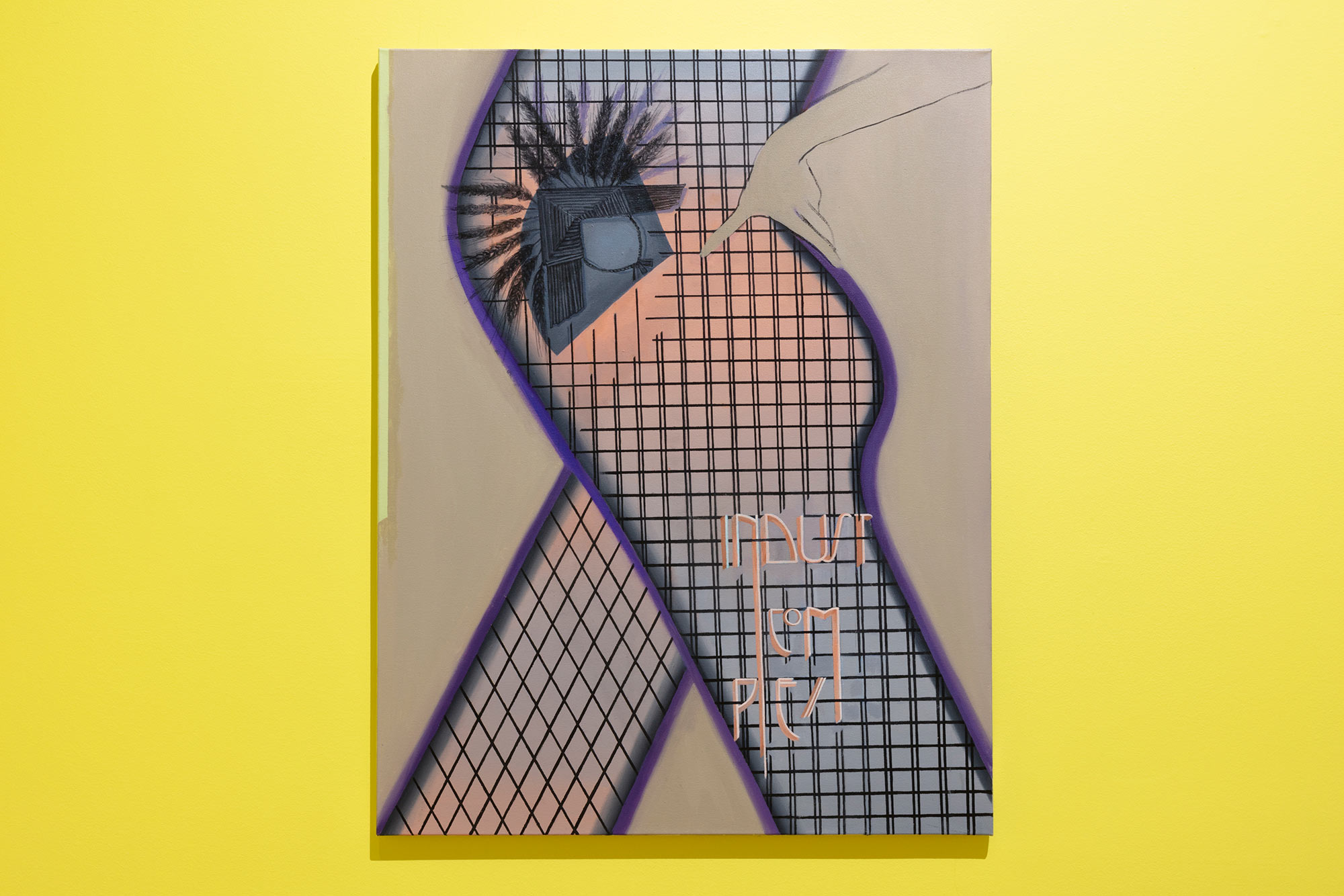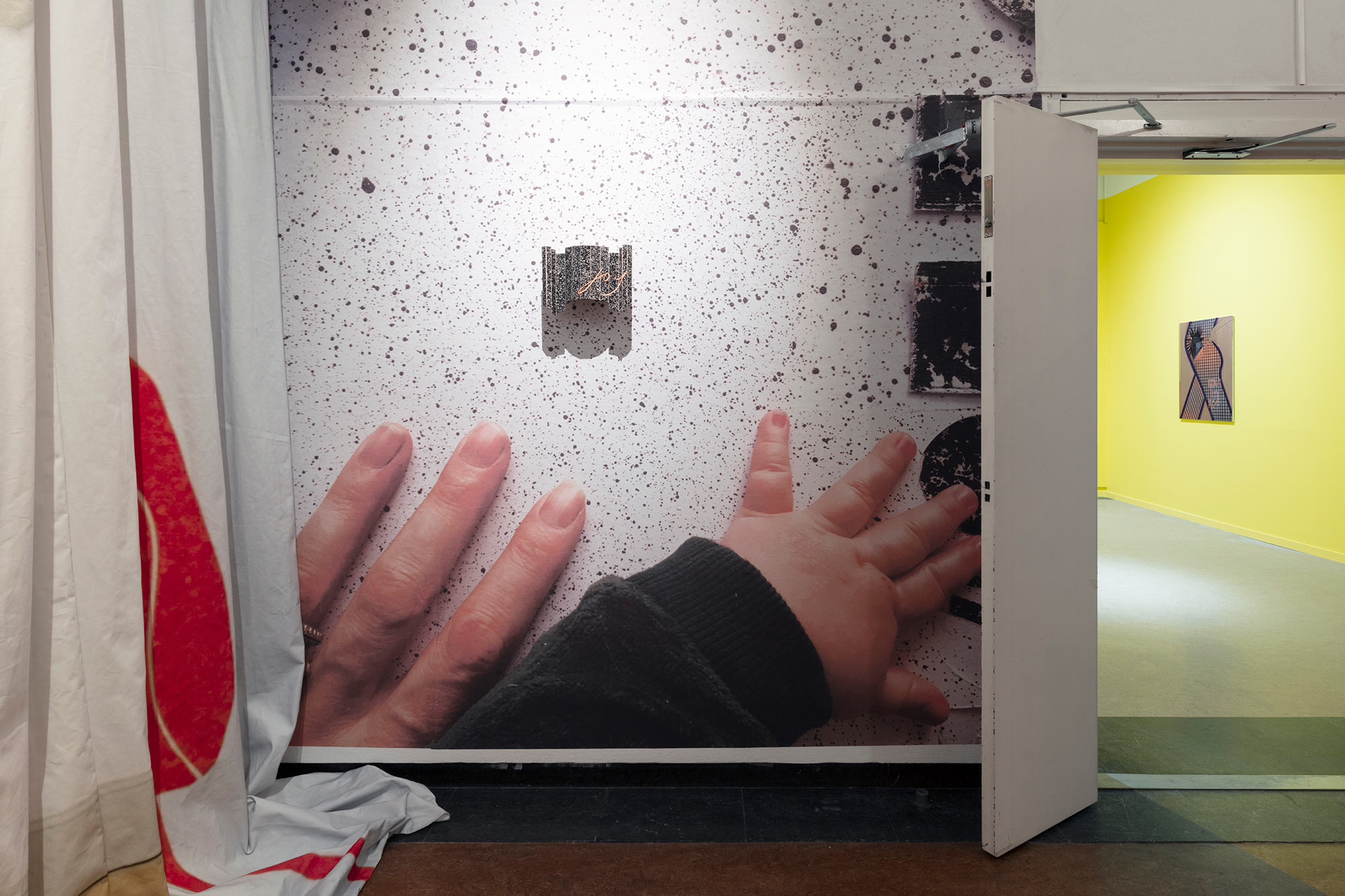Welcome to Mint for another opportunity to see the performance lecture Scrounge of the State (2020) by Hanni Kamaly, part of the ongoing exhibition A Careful Strike*! Scrounge of the State is based on a series of articles known as the Pass-Skandalerna, (The Passport Scandals) written in 1921 by the Swedish communist politician Otto Grimlund. The lecture traces and retells the stories of communists Willi Münzenberg and Nathan Chabrow, among others – both arrested and expelled from Sweden during the interwar years of the 1920s. After his return to the USA, Chabrow was interrogated as a consequence of the Red Scare by J. Edgar Hoover, head of the FBI. Münzenberg was a key figure in the League Against Imperialism and Colonial Oppression, a transnational organisation of political activists. At the same time, major figures in German National Socialism such as Wolfgang Kapp and Erich Ludendorff, who had been and would be involved in the failed coup d’état in collaboration with Adolf Hitler, also sought asylum in Sweden. Kapp and Ludendorff received much better treatment from the Swedish authorities than Chabrow and Münzenberg.
Category: 2021
Cabaret Crusades
Wael Shawky
23.9–16.10 2021
Ateljé SKHLM, Bredholmsgatan 3, Skärholmen
For the first time in Sweden, Wael Shawky’s epic video trilogy Cabaret Crusades is presented, which includes The Horror Show Files (2010); The Path to Cairo (2012) and The Secrets of Karbala (2015). Using 200-year-old puppets and custom-made ceramic figures, a suggestive drama is created that recounts the history of The Crusades from an Arab perspective. The trilogy is inspired by the Lebanese historian Amin Maalouf’s Crusades Through Arab Eyes (1983). The exhibition takes place in a former shop in the centre of Skärholmen, at the invitation of the cultural association Folk.
Thanks to Sfeir-Semler Gallery
A special thanks to Konsthall C for supporting the production
Address: Ateljé SKHLM in Skärholmens Galleria, Bredholmsgatan 4 (Next to Kjell & Company)
Bildningar
Emanuel Almborg
2.9–25.9 2021
Mint, ABF Stockholm, Sveavägen 41, Stockholm
The exhibition was presented in conjunction with Emanuel Almborg’s defence of his PhD dissertation at the Royal Institute of Art in Stockholm with the artistic research project Toward a Pedagogy of the Utopian Image. The main part of the project are the three film works Acorn, The Nth Degree and Talking Hands, which are shown together for the first time at Mint.
Almborg is interested in communist pedagogy, revolutionary psychology, fiction and theatre, to speculate on lost futures and potentials; subjects and methods that are treated in differently in the three works. If we assume that there is a need for new “utopian” political and collective visions, then what role can art play in sketching them? With the help of psychologist Lev Vygotsky, philosopher Evald Ilyenkov, theatre director Konstantin Stanislavski, revolutionary psychiatrist Franz Fanon and science fiction writer Octavia Butler, these works explore artist film’s potential for education, resistance and equality.
Curator: Karin Bähler Lavér.
Photos: Johan Österholm
A Careful Strike*
Bini Adamczak, Diana Agunbiade-Kolawole, Black Audio Film Collective (John Akomfrah), Henrik Andersson, Problem Collective, Chto Delat, Harun Farocki, Dora García, Benj Gerdes, Salad Hilowle, Sam Hultin, Ingela Johansson, Hanni Kamaly, Patrick Kretschek, Mattin, Minus Miele, Ruben Nilson, Behzad Khosravi Noori, Gudrun Olsson, Oliver Ressler, Bella Rune, Katarina Pirak Sikku, Iris Smeds, Hito Steyerl, Margareta Ståhl, Hannah Wiker Wikström
Programme:
17.9 2020 – 21.2 2021
Exhibition:
7.10 2021 – 11.12 2021
Mint, ABF Stockholm, Sveavägen 41, Stockholm
Mint presents A Careful Strike*; a group show that departs from the monumental painting The History of the Workers Movement by the sheet metal worker, musician and artist Ruben Nilson (1893–1971), permanently installed at ABF Stockholm. Painted during a ten year period around 1940. Following a tradition of workers’ art, the collective struggle for emancipation is at the centre of Nilson’s painting.
The exhibition follows Nilson’s artwork both in its ambition and challenge: What does the reproduction of a movement’s history entail? What different roles can art play in social movements and through which expressions? How is art engaged in today’s movements? A dialogue with the specific struggles and the histories that inform Nilson’s composition of intertwined visual narratives, structured through visible conjoined cuts form the curatorial framework of the exhibition. The work’s historical connections to contemporary situations are put in relation to what is missing within the frame – the histories and experiences that are left out while establishing a prevalent worker’s history.
A Careful Strike* is an exhibition and a public program (that preceded the exhibition during the fall of 2020), where workers’ art is confronted with Swedish and international contemporary works. The form and history of social movements are reflected through situated experiences of migration, care, exploitation and struggle. Through songs, poetry, talks, and artworks historical events and issues are made visible in a conversation on our current condition. What do we need to remember and what is to be done to win back the future?
*The exhibition borrows its title from the militant feminist collective Precarias a la deriva (Precarious women adrift) 2004. The collective was formed in Madrid in 2002 in reaction to the male-dominated unions that were organising a general strike in reaction to labour law reforms in Spain. Precarias a la deriva wanted to highlight the challenges many face in participating in strikes, due to a reality of precarious employment and a higher burden of reproductive work. They wanted to create a collective situated narrative on the general tendency toward the precarization of life they were experiencing and the ways to revolt and resist in our everyday lives. – Precarias a la deriva, Una huelga de mucho cuidado (Cuatro hipótesis), 2004.
Curator: Michele Masucci
The exhibition is produced with generous support from The Worker Movement’s Culture Fund, The Swedish Arts Council and The City of Stockholm.
Thinking about Monica
An artist tour with Nadia Hebson in the exhibition Scène d’Amour at Mint.
NOTE! The tour will be held for a very limited number of participants. Registration is mandatory; please write to info@m-i-n-t.se to reserve a spot. Mint follows the guidelines from the Swedish authorities and takes measures to create a safe visit. We ask all visitors kindly to wear masks, which will be available for free at the exhibition. The tour will be held in English.
Scène d'Amour
Nadia Hebson
Monica Sjöö
17.3 – 29.5 2021
Mint, ABF Stockholm, Sveavägen 41, Stockholm
In Scène d’Amour, Nadia Hebson presents a multidisciplinary work which continues her exploration of artistic recuperation through intuitive forms. Issuing from the desire to consider alternate Painting histories in the present, over the last decade Hebson has evolved a distinct and idiosyncratic mode of working that merges the role of artist, scholar and curator to realise constellations of objects, apparel, paintings, prints and text that think through the legacies of older peers, whilst making Hebson’s own subjective expression visible.
In Scène d’Amour the work of Swedish painter, writer, radical anarcho-eco-feminist Monica Sjöö (b.1931 Härnösand d.2005 Bristol) is presented alongside Hebson’s own. In response to the conditions of this current moment and Hebson’s own circumstance as a new mother, the exhibition, rather than offering conclusions, seeks instead to initiate dialogue around Sjöö’s expanded legacy and the intimate relationship between her painting, graphic design, activism and matriarchal scholarship as well as her role as an early exponent of the Goddess movement. Scène d’Amour is intended as both an introduction and an opportunity to pay close attention: where Hebson’s private comprehension of Sjöö’s work can form.
In parallel with the exhibition, Hebson has invited artists, art historians, curators and colleagues/friends to share in company their consideration and responses to Sjöö’s practice through public discussion and a screening. Over the course of the exhibition Hebson will realise new work and text in response to this concentrated period of exchange and contemplation, which will be installed sporadically throughout its duration.
Nadia Hebson is a British artist and educator based in Sweden. She uses painting, objects, large scale prints, apparel and text, to explore the work and biographies of older colleagues, including: American painter Christina Ramberg, British painters Winifred Knights and Marion Adnams and most recently, Dora Gordine as part of the Dorich House Museum Studio Residency, Kingston University, London.
Thank you Museum Anna Nordlander and the Swedish Labour Movement’s Archives and Library
Programme
Detta var det första av tre diskursiva evenemang som kommer att utforska den svenska målaren, författaren och radikala ekofeministen Monica Sjöös liv och arbete, samt samtida konstnärer, curatorer och konsthistorikers pågående konstnärliga rekupereringsprojekt. Hur kan vi kritiskt utforska komplexiteten i historiska personers liv och arbete samtidigt som vi undviker hagiografiska läsningar? Dessa evenemang arrangeras av Mint och är en del av Hebsons pågående forskningsprojekt Destroy She Said och realiseras med stöd från Kungliga konsthögskolan i Stockholm.
This is the second conversation in the three part programme Thinking About Monica, which accompanies the exhibition Scène d’Amour at Mint and has been realised through the support of the Royal Institute of Art Stockholm’s artistic research fund as part of the research project Destroy She Said.
A Striking Abundance: A workshop on the Political Imaginaries of Striking Otherwise
A striking Abundance: A workshop on the Political Imaginaries of Striking Otherwise organised by Valeria Graziano, Giulia Palladini and Jenny Richards as part of the exhibition A Careful Strike* curated by Michele Masucci at Mint.
This event is a workshop on zoom, with limited space. To book a place or for any questions please email Jenny: jennyrichardsjenny@gmail.com.
The starting point of this workshop is the consideration that for many people the classical forms of strike – where workers withhold their labour and stand on picket lines in front of their workplace – is no longer, or has never been, a viable option. Workers tending to fundamental needs in the care sector, for instance, but also unemployed populations and those caught up in the gig economy that increasingly does not recognize their status as employees are all examples of a widespread condition that calls for an alternative political imaginary around what a strike is and what it can do.
The workshop will be structured in two sessions.
We will begin by looking at the current state of affairs with the right to strike in Sweden and beyond and by sharing some histories of powerful forms of struggle such as strike-ins, reverse strikes, alternative production strategies, plant takeovers, maintenance boycotts and self-reductions. What these different forms of strike action share is how they responded to their specific conditions of possibility by re-organizing labour otherwise. In doing so, they revealed the artificial nature of capital’s logic of scarcity, opening up instead a horizon of militant abundance.
In the second part of the workshop, we will facilitate some structured conversations to allow participants to actively engage with the question of strike organizing and explore together different political imaginaries applicable in their own locales.
The workshop is aimed primarily (but not exclusively) to those who are currently engaged in care work or precarious employment or thinking about ways to collectively address current working conditions, or for those putting pressure on employers within or outside unions.
Continue reading “A striking Abundance: A workshop on the Political Imaginaries of Striking Otherwise”
